Visit to Our Lady of Kazan Orthodox Cathedral in Havana, Cuba [ENG] [ESP]
15 comments
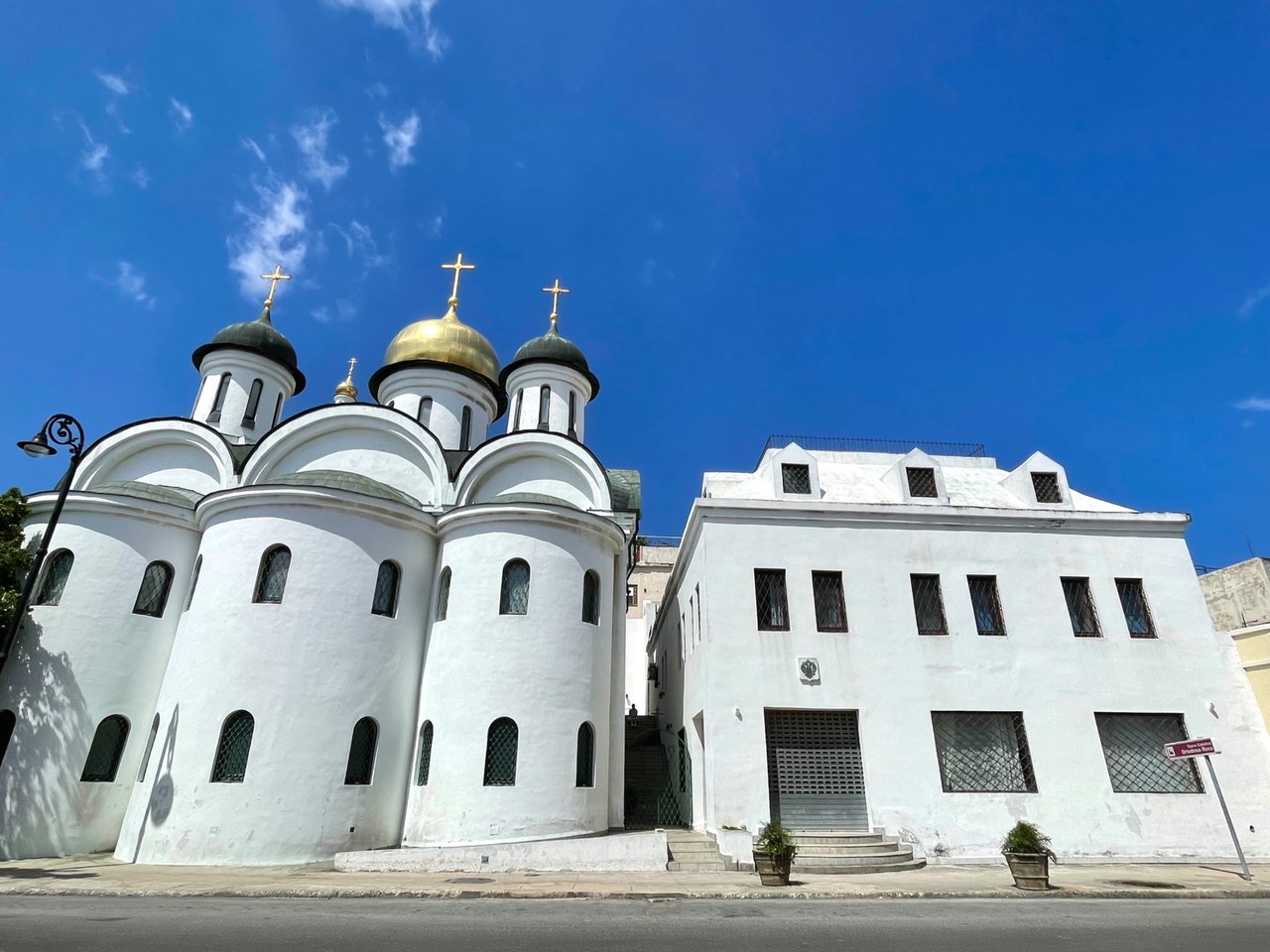
Did you know? In my country, in the city of Old Havana, there is the Sacred Russian Orthodox Cathedral of Our Lady of Kazan, declared a World Heritage Site by UNESCO and a new cultural bridge between countries. Interesting, isn't it? Come with me!
¿Sabías qué? En mi país en la ciudad de la Habana Vieja existe la Sacra Catedral Ortodoxa Rusa Nuestra Señora de Kazán, declarado Patrimonio de la Humanidad por la UNESCO y constituye un nuevo puente cultural entre países. Interesante, ¿verdad? Acompáñame!
The initial project for the church began with the demolition of two buildings in a very poor state of construction, located on San Pedro 308 between Santa Clara and Sol. From then on, the preparation of the work began, which started on February 13, 2006.
El proyecto inicial de la iglesia comienza al demoler dos edificios en pésimo estado constructivo, ubicados en la parcela de San Pedro núm. 308 entre Santa Clara y Sol. A partir de entonces, comenzó la preparación de la obra, que inició los trabajos el 13 de febrero de 2006.
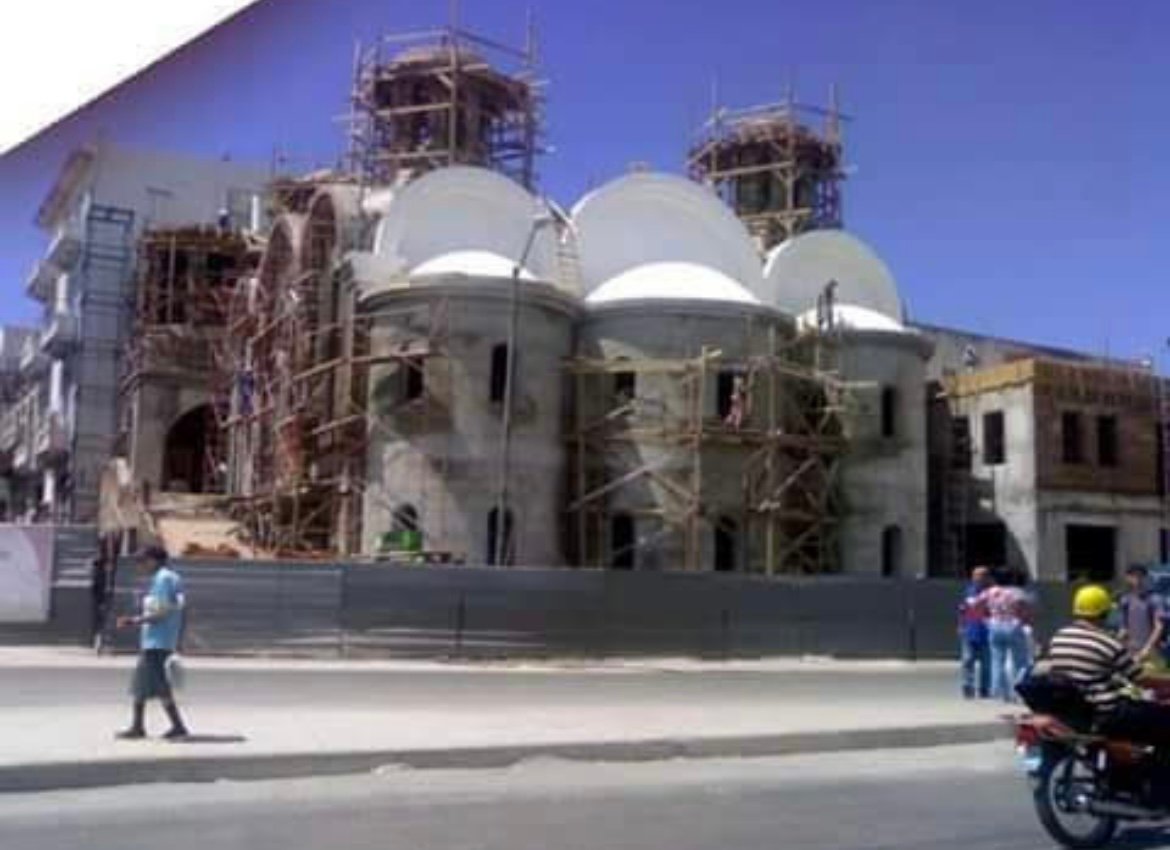
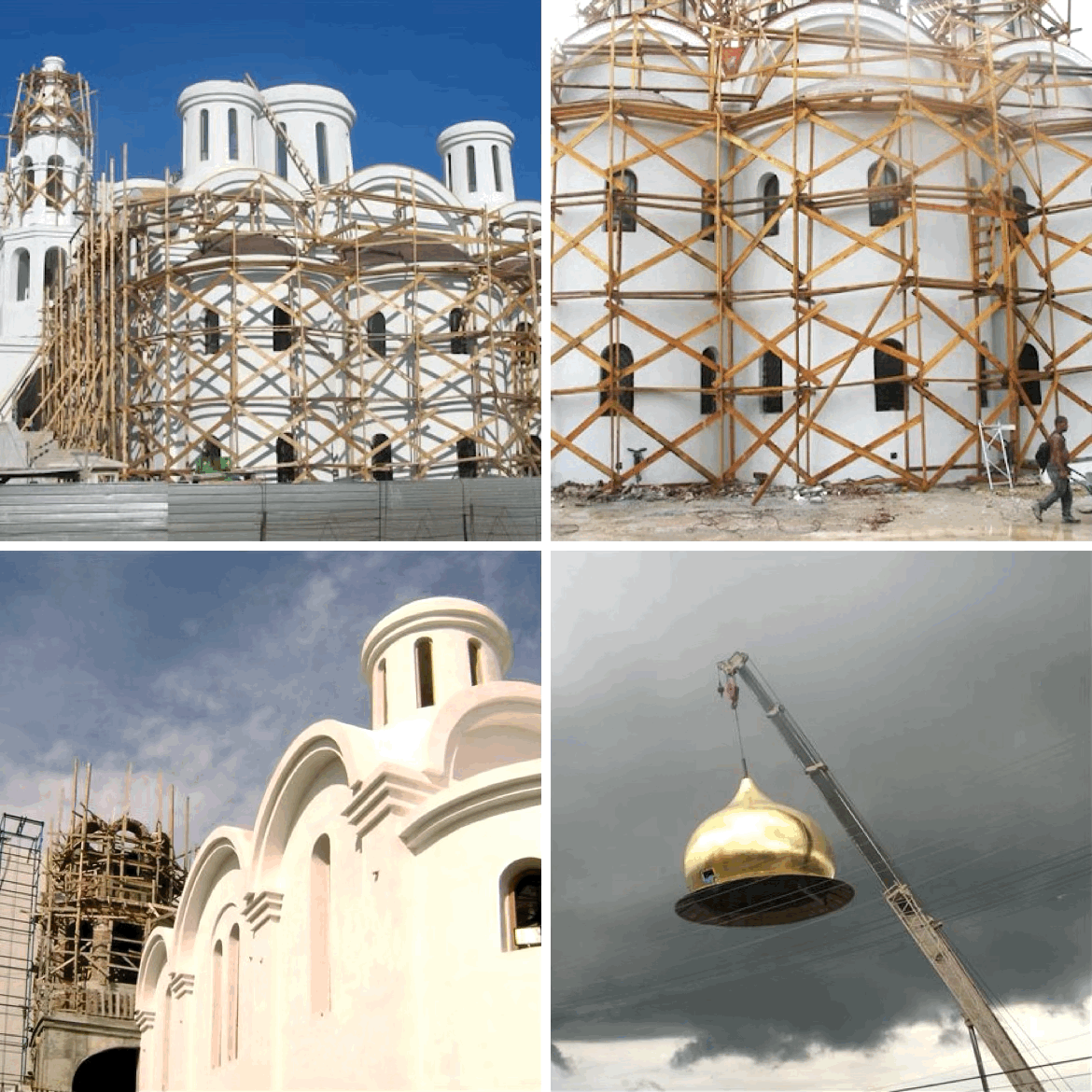
The building, which covers an area of 1,200 m2, attracts attention because of its volume, shape and composition. It was built using traditional materials such as concrete and brick. The walls of the church are between 45 cm and 80 cm wide, because the diameter of the arches requires supports capable of resisting the weight.
Once the time has passed and it has been verified that the work structurally does not have any problem, about six months before its inauguration, the Russian artists will undertake the decoration of the columns, walls and roofs of the temple.
In the upper part of the construction, its six domes in the form of bulbs ending in crosses stand out, five of them crown the nave of the church and one the bell tower, two of them laminated in gold, and all of them made of copper like the rest that protects the roof and the rain gutters, works that were in charge of the Russian brigade.
The complex includes, in addition to the church, the diocese with several levels: lodging, veranda, kitchen, library, religious articles store and public baths. Its grand staircase, built in granite in Sancti Spíritus, is considered the second largest of all those built outside Russia.
On Sunday, October 19, 2008, the President of the Councils of State and Ministers of Cuba, Raul Castro Ruz, attended the consecration ceremony of the Cathedral. The project was described as a monument to Russian-Cuban friendship by His Holiness Kirill, Patriarch of Moscow and All Russia, who traveled to Havana for the liturgical ceremony, which marked the beginning of the Days of Russia in Latin America. Source
Once the time has passed and it has been verified that the work structurally does not have any problem, about six months before its inauguration, the Russian artists will undertake the decoration of the columns, walls and roofs of the temple.
In the upper part of the construction, its six domes in the form of bulbs ending in crosses stand out, five of them crown the nave of the church and one the bell tower, two of them laminated in gold, and all of them made of copper like the rest that protects the roof and the rain gutters, works that were in charge of the Russian brigade.
The complex includes, in addition to the church, the diocese with several levels: lodging, veranda, kitchen, library, religious articles store and public baths. Its grand staircase, built in granite in Sancti Spíritus, is considered the second largest of all those built outside Russia.
On Sunday, October 19, 2008, the President of the Councils of State and Ministers of Cuba, Raul Castro Ruz, attended the consecration ceremony of the Cathedral. The project was described as a monument to Russian-Cuban friendship by His Holiness Kirill, Patriarch of Moscow and All Russia, who traveled to Havana for the liturgical ceremony, which marked the beginning of the Days of Russia in Latin America. Source
El edificio, que abarca un área de 1 200 m2, acapara la atención por su volumen, forma y composición. Fue construida a base de materiales tradicionales como el hormigón y el ladrillo. Los muros de la iglesia miden entre 45 cm y 80 cm de ancho, porque el diámetro de los arcos precisa de soportes capaces de resistir el peso.
Pasado el tiempo y comprobarse que la obra estructuralmente no posee ningún problema, alrededor de seis meses antes de su inauguración, los artistas rusos acometerán la decoración de las columnas, paredes y cubiertas del templo.
En la parte de arriba de la construcción, resaltan sus seis cúpulas en forma de bulbos terminados en cruces, cinco de ellas coronan la nave de la iglesia y una el campanario, dos laminadas en oro, y todas de cobre como el resto que protege la cubierta y los bajantes pluviales, trabajos que corrieron a cargo de la brigada rusa.
El conjunto incluye, además de la iglesia, la diócesis con varios niveles: alojamiento, mirador, cocina, biblioteca, tienda de artículos religiosos y baños públicos. Llama la atención su gran escalera de acceso, construida en granito en Sancti Spíritus, considerada como la segunda más grande entre todas las construidas fuera de Rusia.
El domingo 19 de octubre de 2008, el Presidente de los Consejos de Estado y de Ministros de Cuba, Raúl Castro Ruz, asistió a la ceremonia de consagración de la Catedral. El proyecto fue calificado como un monumento a la amistad ruso-cubana por Su Santidad Kirill, Patriarca de Moscú y de Toda Rusia, quien viajó a La Habana para la ceremonia litúrgica, con la cual se inició la jornada Los Días de Rusia en América Latina.
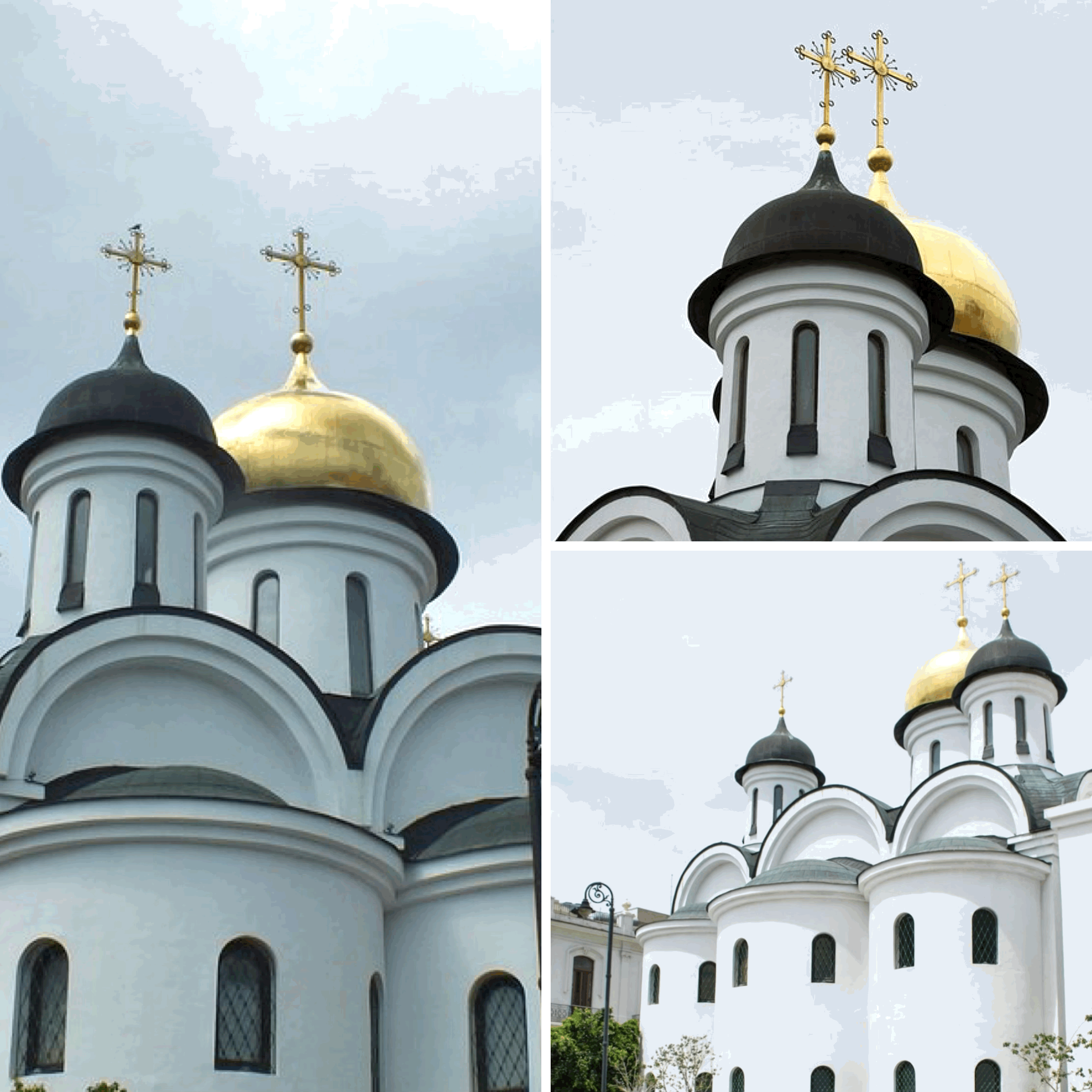
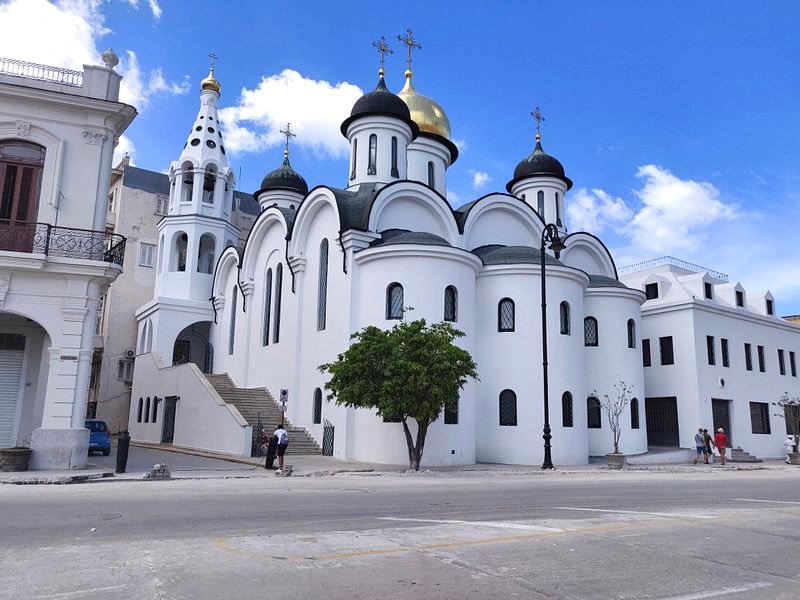
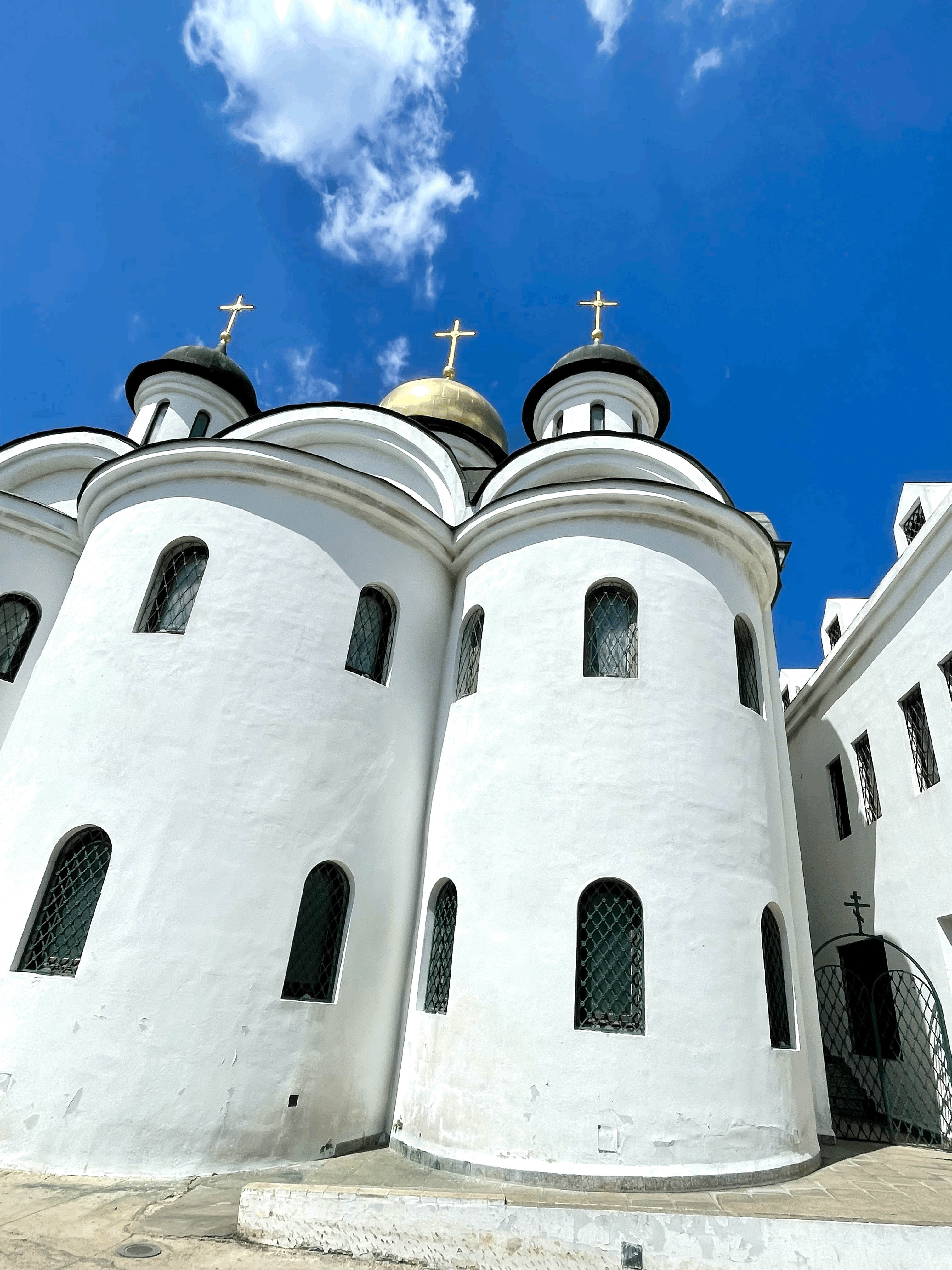
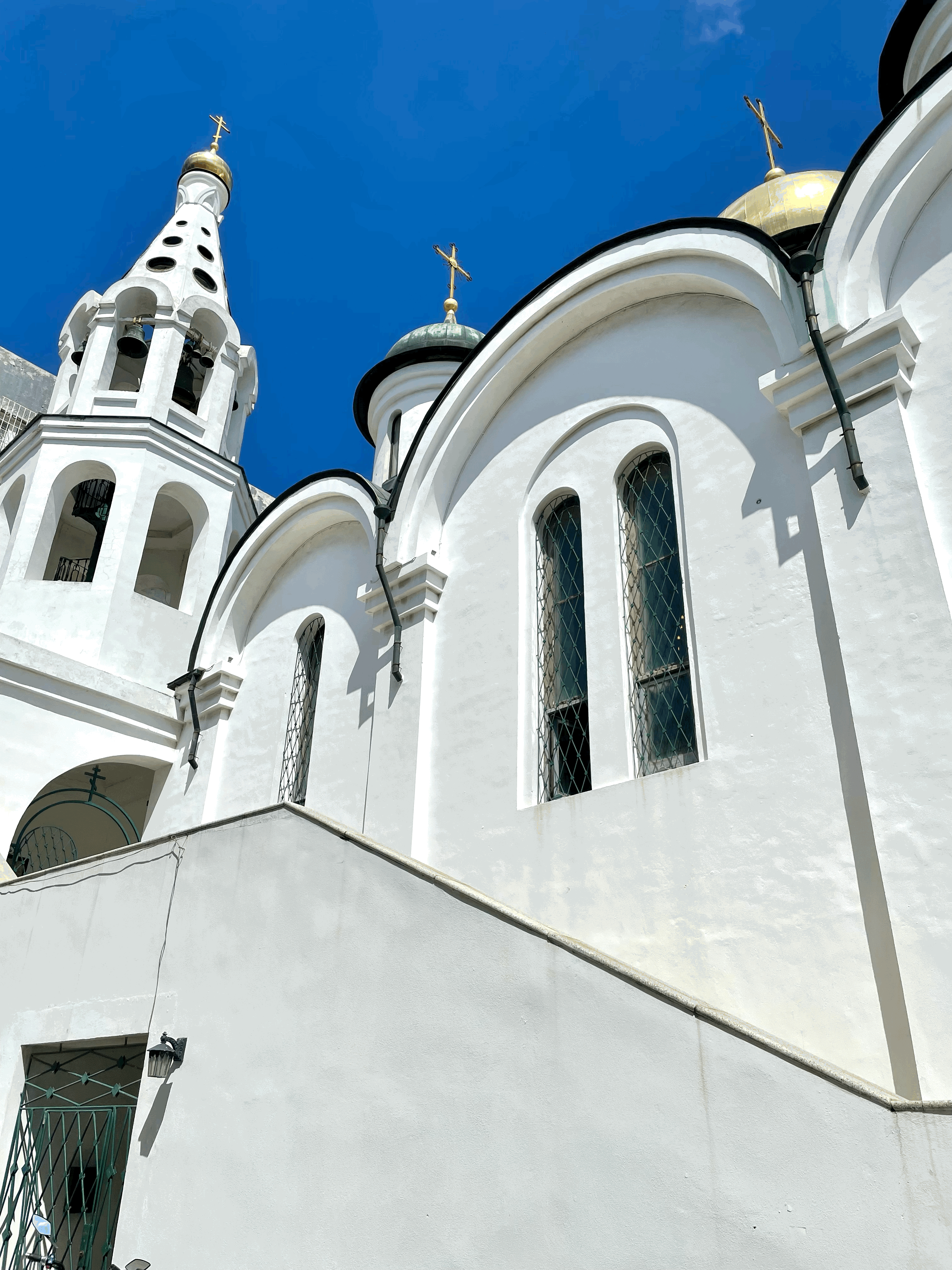
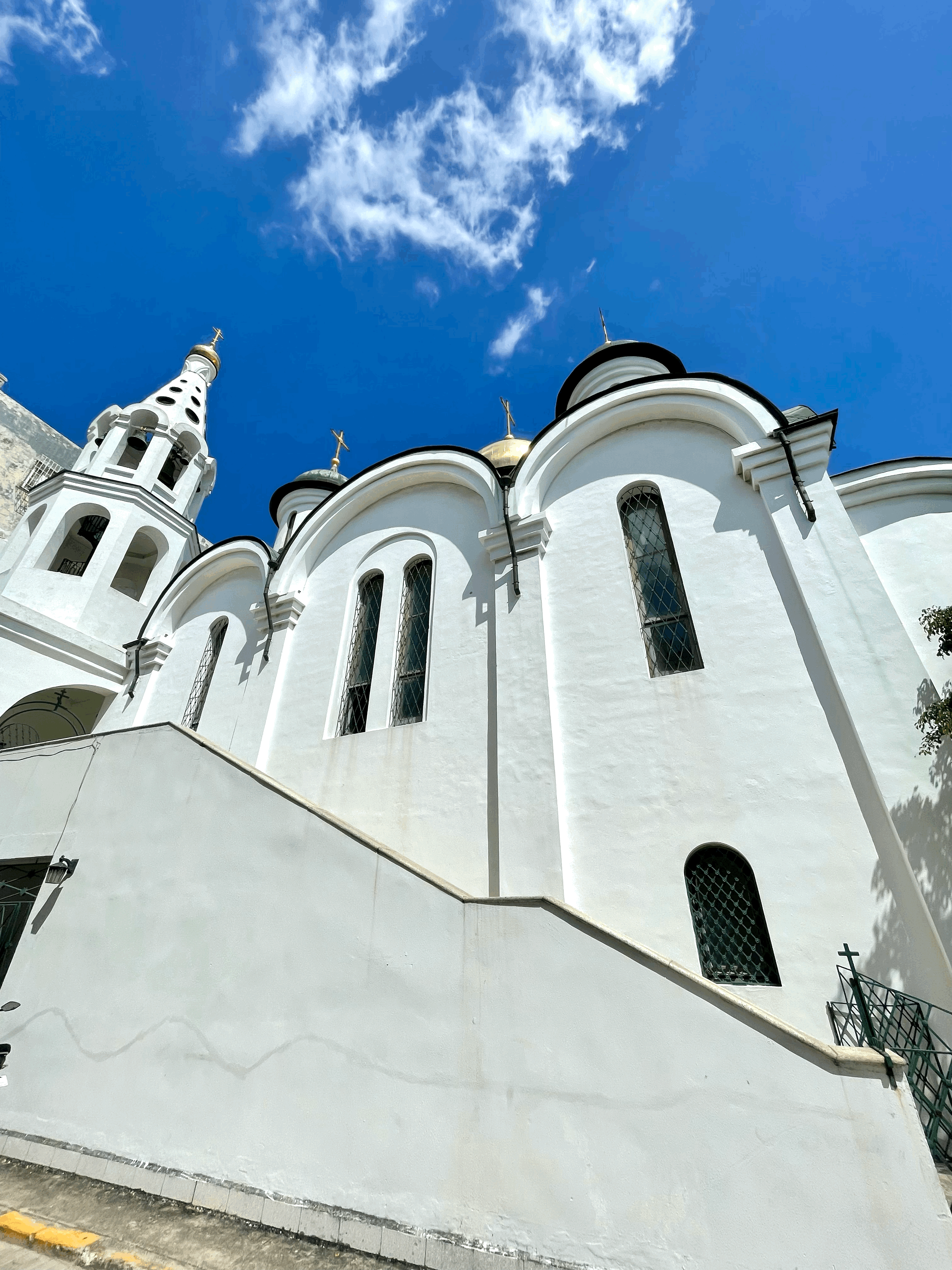
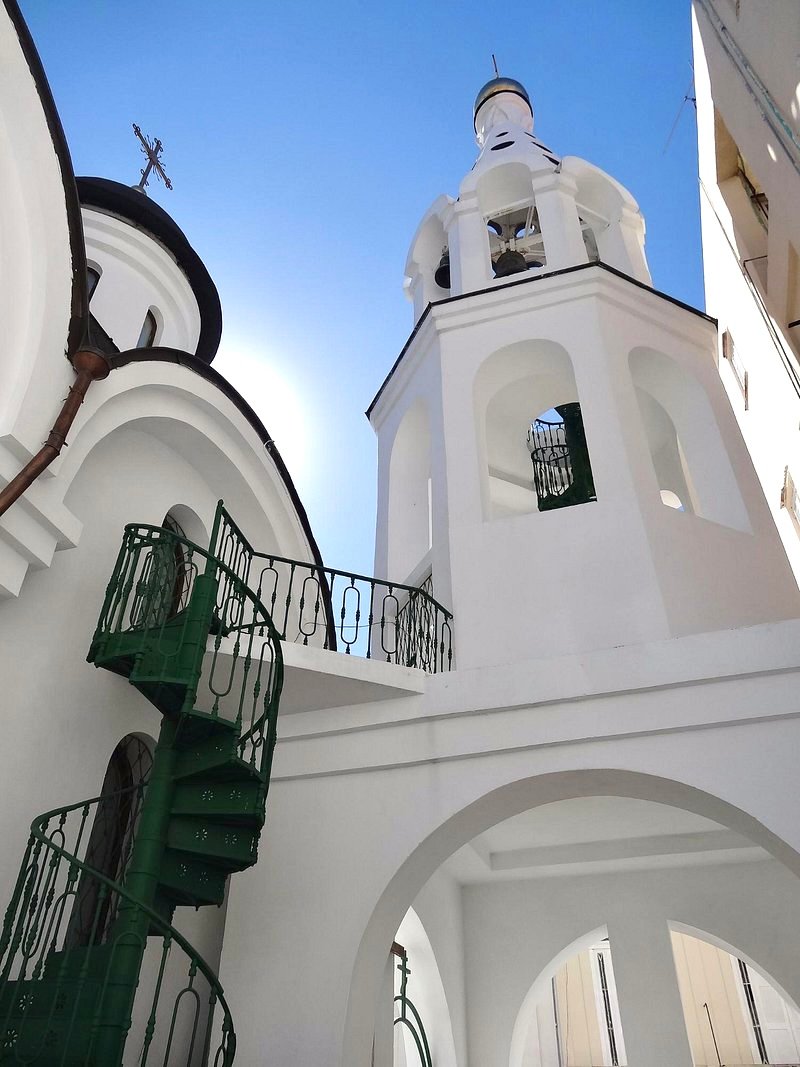
El Ícono / The Icon
According to experts, the Kazan icon, in traditional Greek-Byzantine style, was painted in Constantinople during the 13th century. The sacred work presents the half-length image of the Blessed Virgin holding the Child Jesus on her knees, who is almost standing and in an attitude of blessing the Virgin, to whom she raises her right hand.
Según los expertos, el ícono de Kazán, de tradicional estilo greco-bizantino, fue pintado en Constantinopla durante el siglo XIII. La obra sagrada presenta la imagen de medio cuerpo de la Santísima Virgen sosteniendo al Niño Jesús sobre sus rodillas, quien está casi de pie y en actitud de bendecir a la virgen, hacia quien levanta su mano derecha.
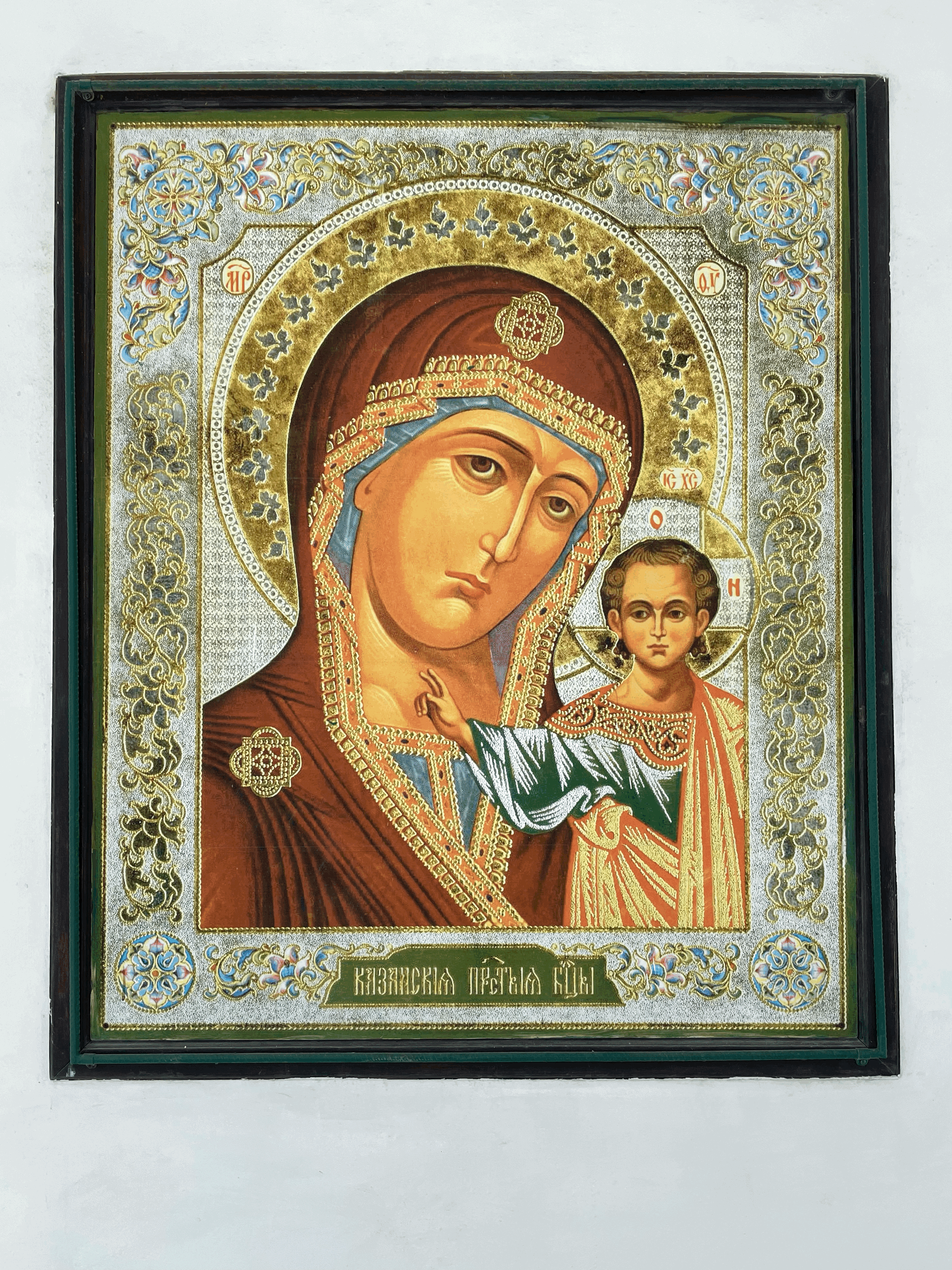
One of the most widespread stories about this image tells that in 1579 the city of Kazan was ravaged by a violent fire, and while the population was recovering from the misfortune, a nine-year-old girl -called Matrona-, whose house also went up in flames, saw in a dream the effigy of the Virgin Mary and heard a voice asking her to recover a sacred icon, hidden in the ashes of her home. The little girl discovered the saint wrapped in an ancient cloth under a stove, where he had been buried since the Christian persecution, undertaken in the thirteenth century by the Tartars. From that moment on, the virgin became the object of great religious devotion, and miraculous healings of blind people are attributed to her. The image was carried by generals to battles and was known as the Kazanskaya, the "Protector of Russia". She became the Russian symbol of victory and freedom. Our Lady of Kazan is the patroness of thousands or perhaps millions of Russian households.
Una de las historias más difundidas sobre esta imagen cuenta que en 1579 la ciudad de Kazán fue asolada por un violento incendio, y mientras la población se recuperaba de la desgracia, una niña de nueve años de edad –llamada Matrona–, cuya casa también ardió en llamas, vio en un sueño la efigie de la Virgen María y escuchó una voz que le pedía recuperar un ícono sagrado, oculto en las cenizas de su hogar. La pequeña descubrió el santo envuelto en un antiguo lienzo bajo una estufa, donde había sido enterrado desde la persecución cristiana, emprendida en el siglo XIII por los tártaros. Desde ese momento la virgen devino objeto de gran devoción religiosa, y se le atribuyen milagrosas curaciones de personas ciegas. La imagen fue llevada por los generales a las batallas y se le conocía como la Kazanskaya, la “Protectora de Rusia”. Se convirtió en el símbolo ruso de la victoria y la libertad. Nuestra Señora de Kazán es la patrona de miles o quizás millones de hogares rusos.
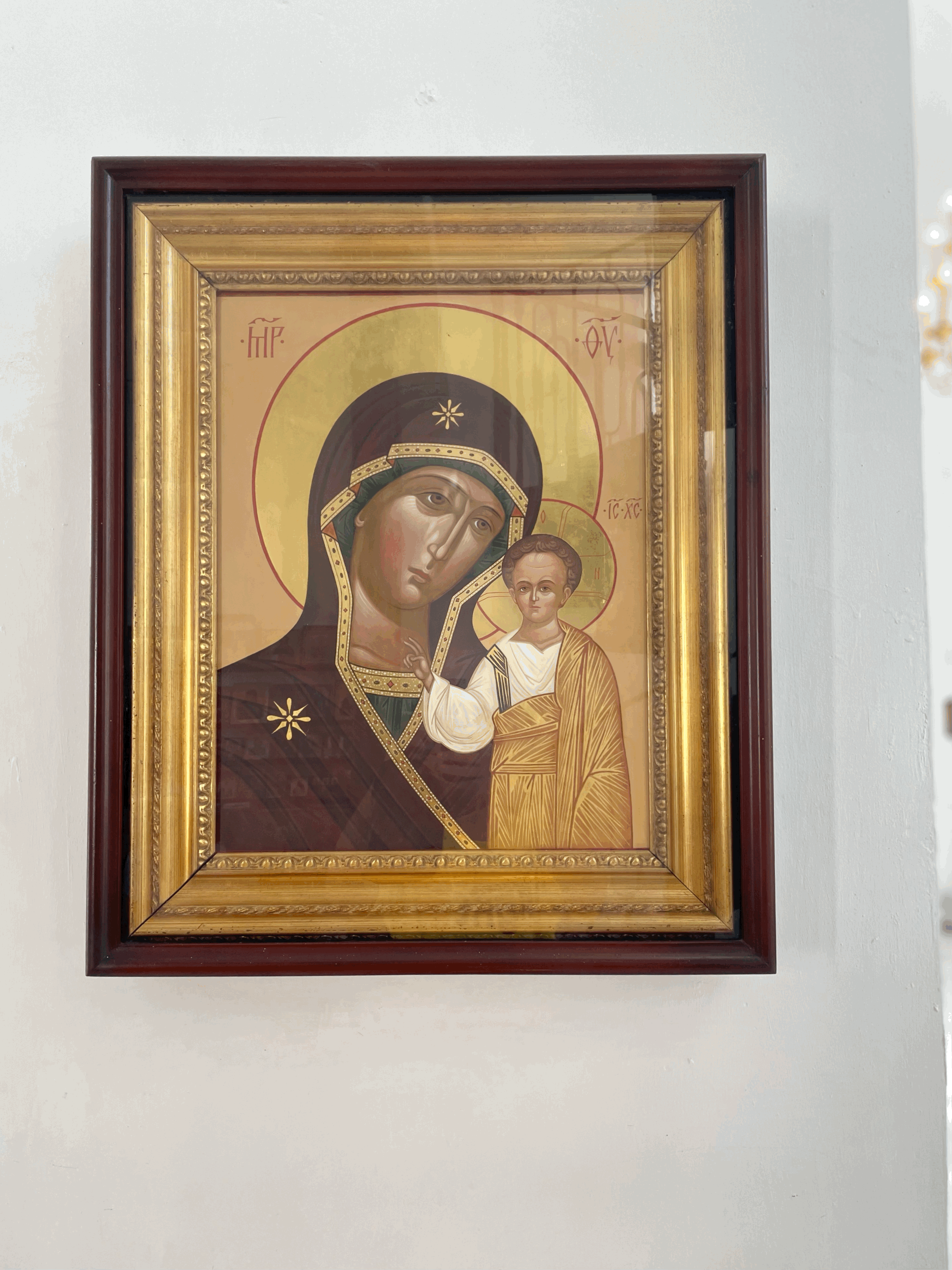
The Orthodox Cathedral welcomes hundreds of Russian Christians living on the island, their descendants and also visitors from all latitudes, attracted by the exoticism of a contrasting temple in those places.
Not only does it stand out because it preserves the religious roots of that nation, but also because it exhibits Byzantine architecture.
La Catedral Ortodoxa recibe a cientos de cristianos rusos residentes en la Isla, a it y sus descendientes y también a visitantes de todas las latitudes, atraídos por el exotismo de un templo contrastante en esos parajes. No sólo se distingue porque preserva las raíces religiosas de esa nación, sino también porque expone la arquitectura bizantina.
Nuestra Señora de Kazán por dentro / Our Lady of Kazan inside
The majesty that projects the facade of the temple invites us to enter, in San Pedro street where the main entrance is located that gives way to the three sections in which the building is divided: the sanctuary, the bell tower and the ecclesiastical headquarters.
After crossing a short inner courtyard decorated with plants and flowers, the entrance to the basilica opens before the visitor's eyes and is free to visit.
After crossing a short inner courtyard decorated with plants and flowers, the entrance to the basilica opens before the visitor's eyes and is free to visit.
La majestuosidad que proyecta la fachada del templo nos invita a adentrarnos, en la calle San Pedro donde se localiza la entrada principal que da paso a las tres secciones en las que se divide el edificio: el santuario, el campanario y la sede eclesiástica.
Luego de atravesar un breve patio interior decorado con plantas y flores, ante los ojos del visitante se extiende la basílica, que se puede visitar libremente.
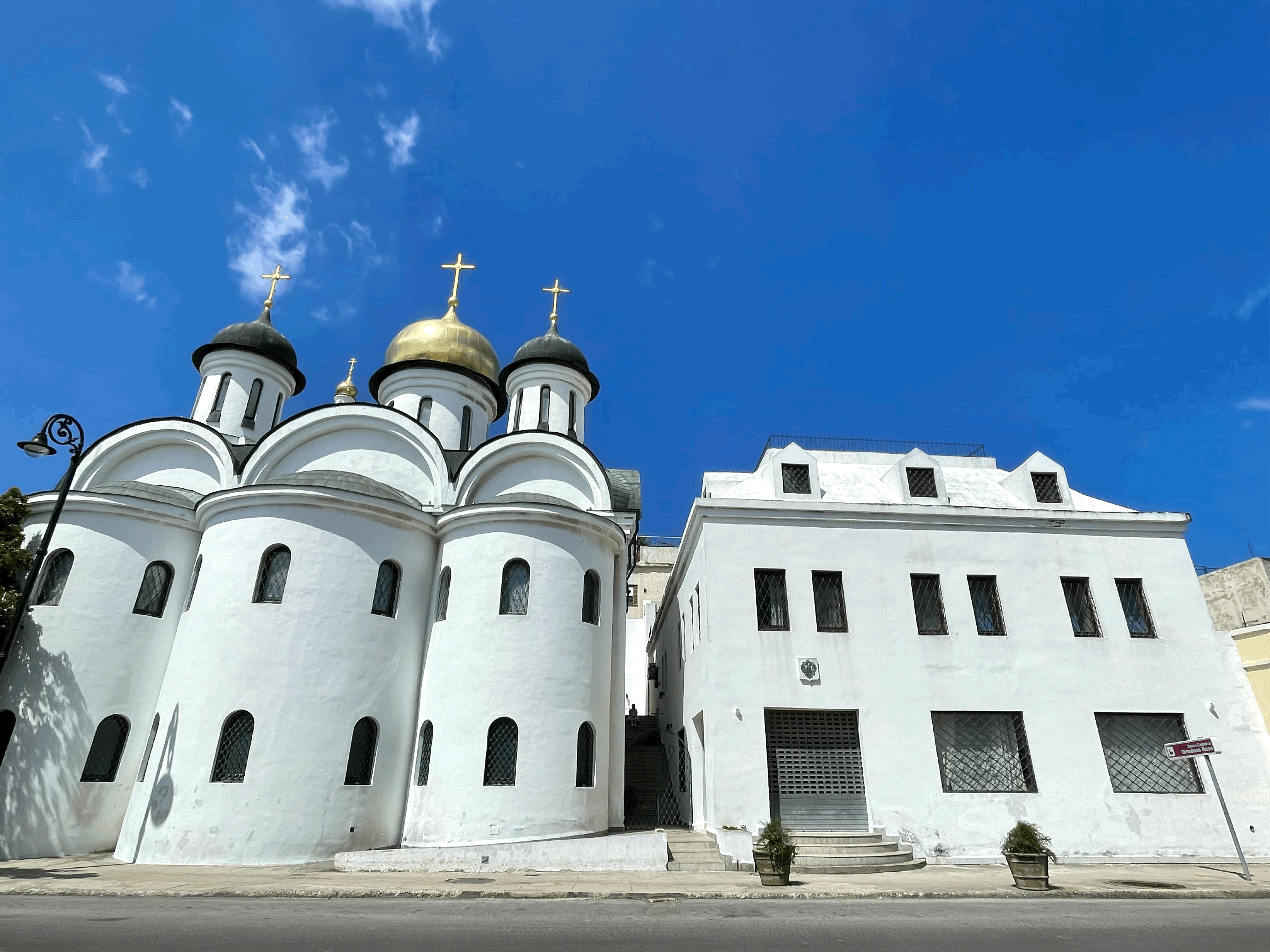
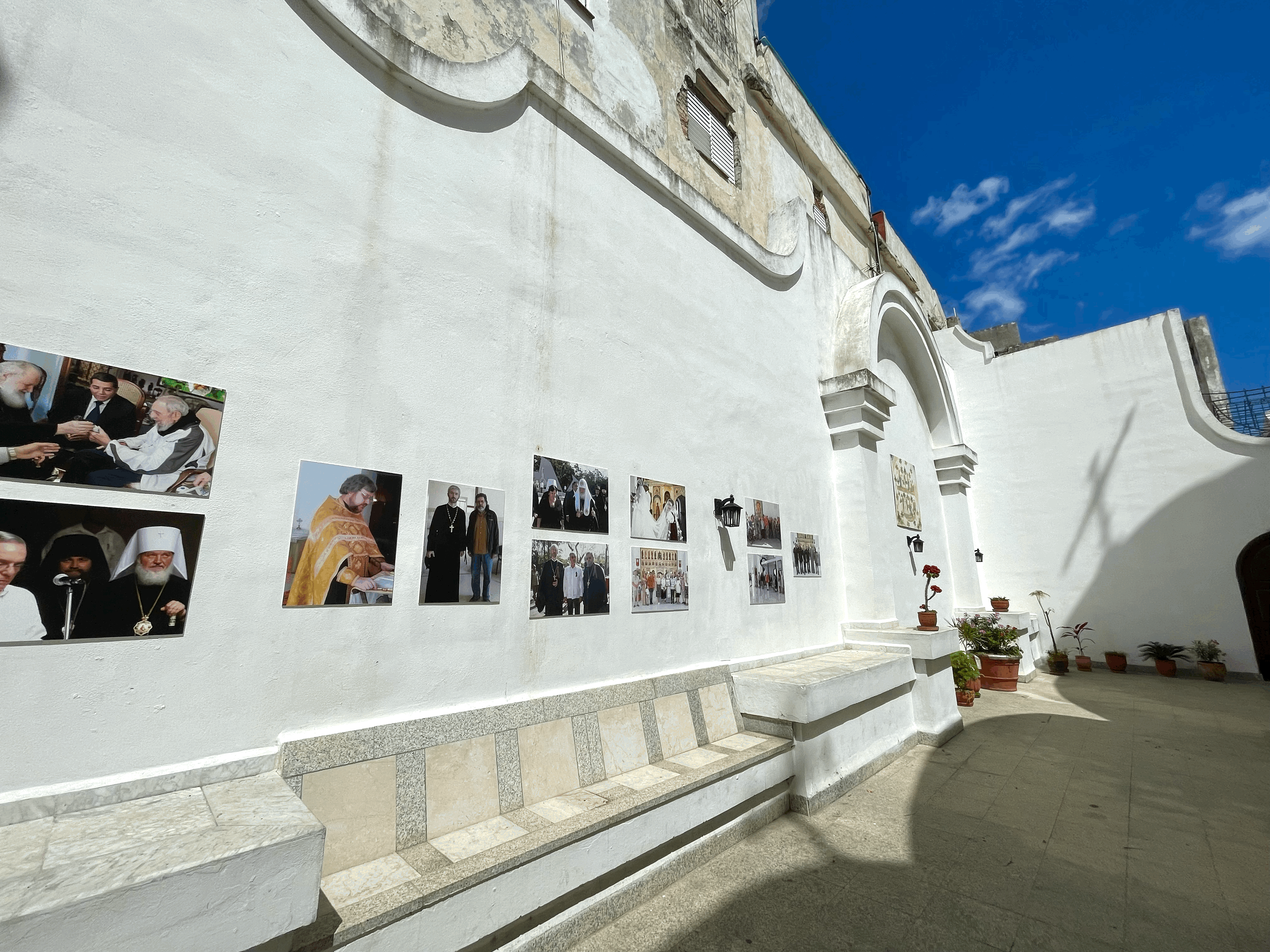
The decoration of the white walls with Byzantine murals arranged in harmony, whose sobriety is not only evident in the saintly drawings but also in the pastel tones with which they were colored, is surprising.
When we look up and focus on the ceiling, there is no doubt about the use of the vault as a constructive element. The golden lamps provide greater elegance and clarity to the temple. The furniture where those who come to celebrate the Eucharist are accommodated, lets us glimpse that it is made of precious woods. It has capacity for approximately 500 people.
When we look up and focus on the ceiling, there is no doubt about the use of the vault as a constructive element. The golden lamps provide greater elegance and clarity to the temple. The furniture where those who come to celebrate the Eucharist are accommodated, lets us glimpse that it is made of precious woods. It has capacity for approximately 500 people.
Resulta sorprendente la decoración de las paredes de color blanco con murales bizantinos dispuestos en armonía, cuya sobriedad no sólo se evidencia en los dibujos santorales sino en los tonos pasteles con que fueron coloreados.
Cuando alzamos la vista y enfocamos el techo, no caben dudas del uso de la bóveda como elemento constructivo. Las lámparas doradas proporcionan mayor elegancia y nitidez al templo. El mobiliario donde se acomodan quienes acuden a celebrar la eucaristía, deja entrever que está hecho de maderas preciosas. Tiene capacidad para 500 personas, aproximadamente.


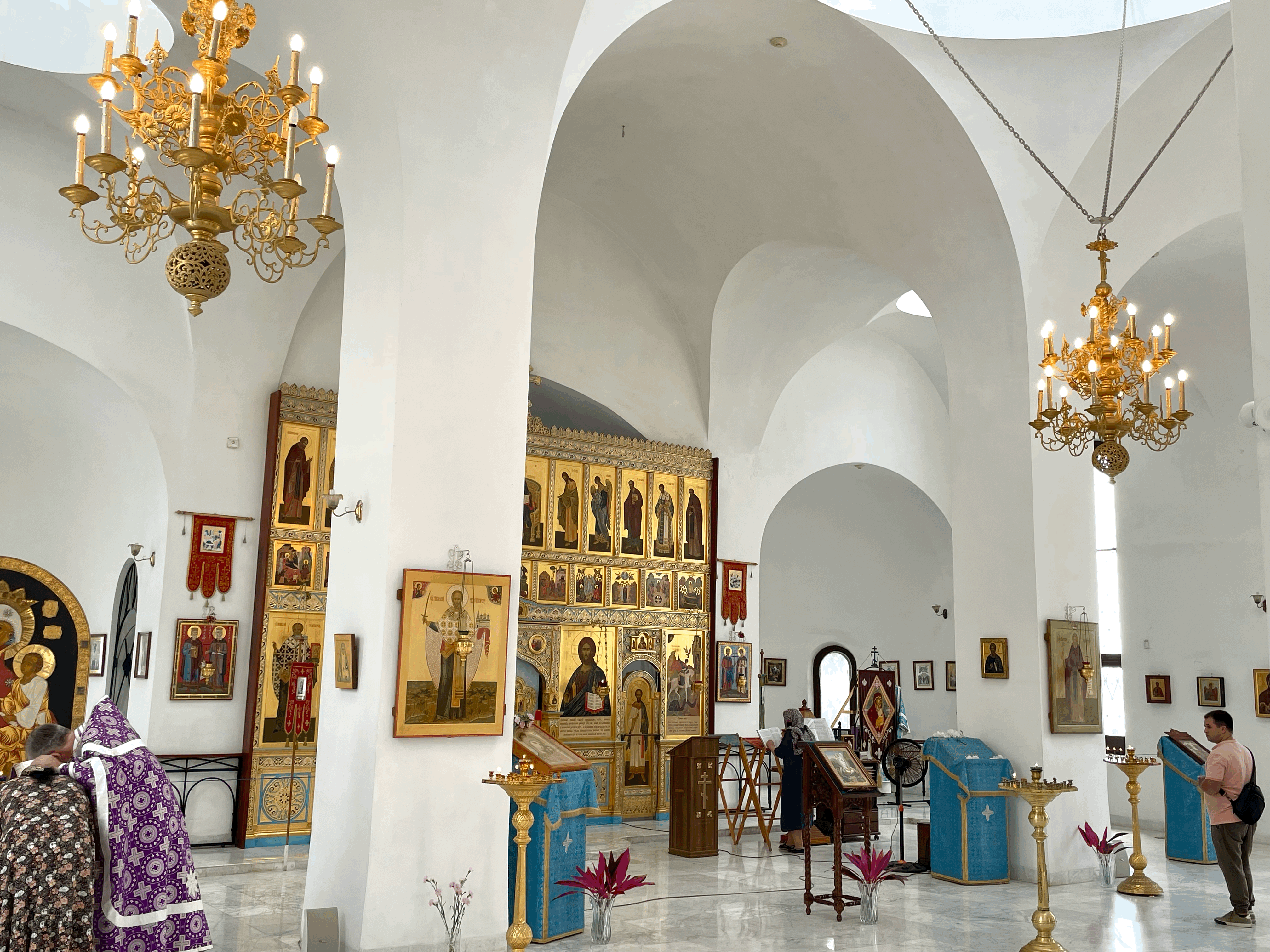

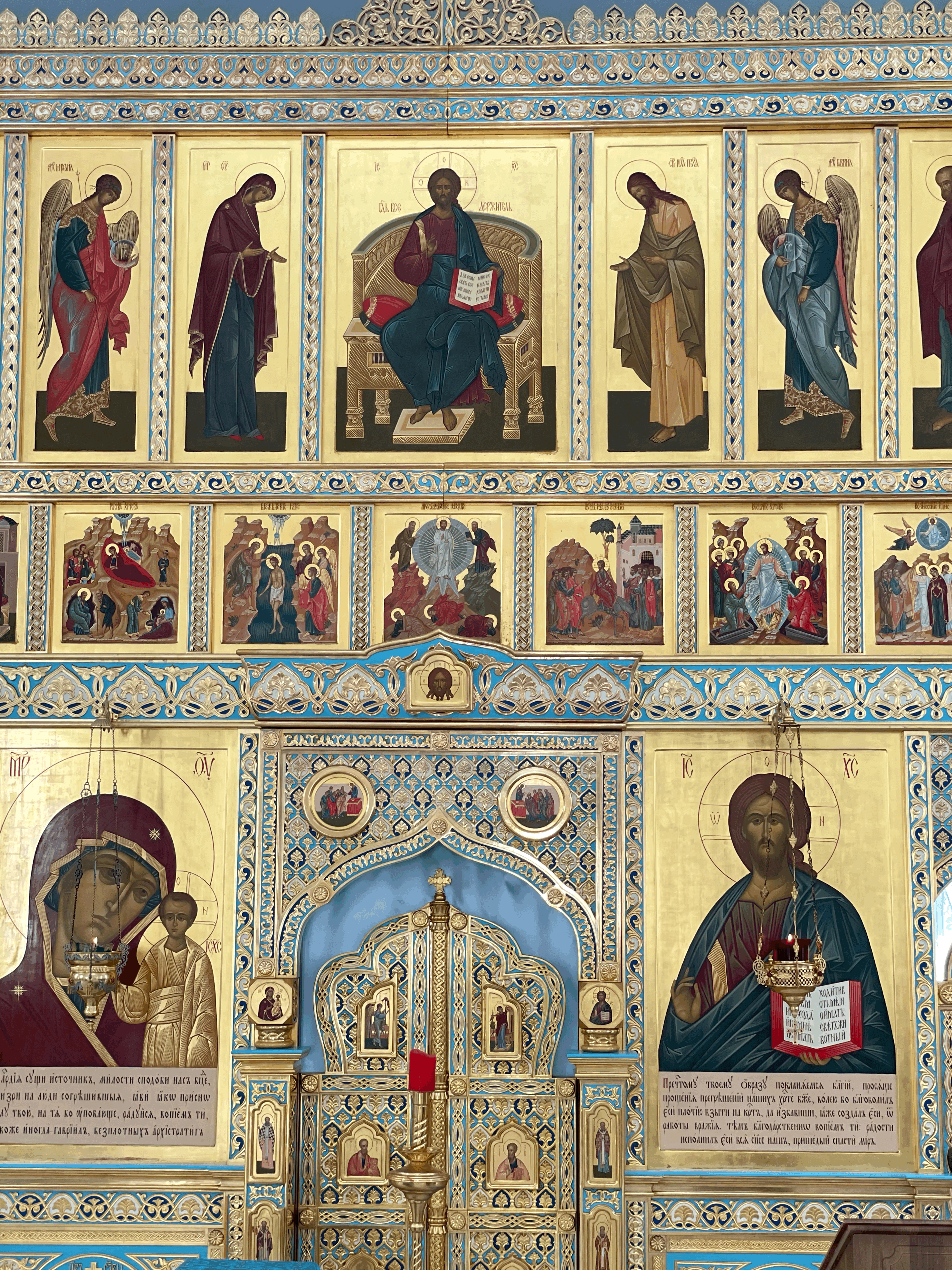
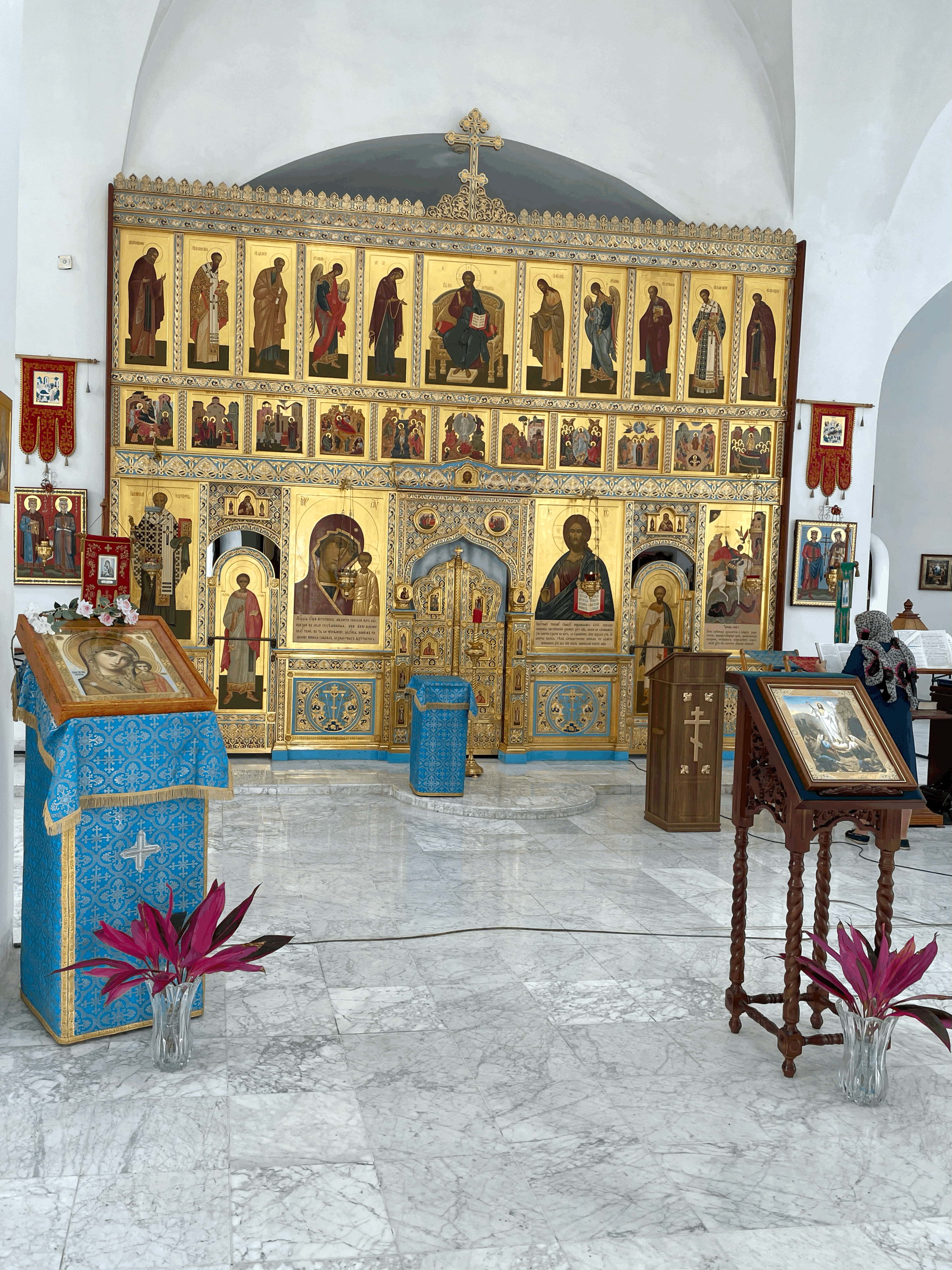

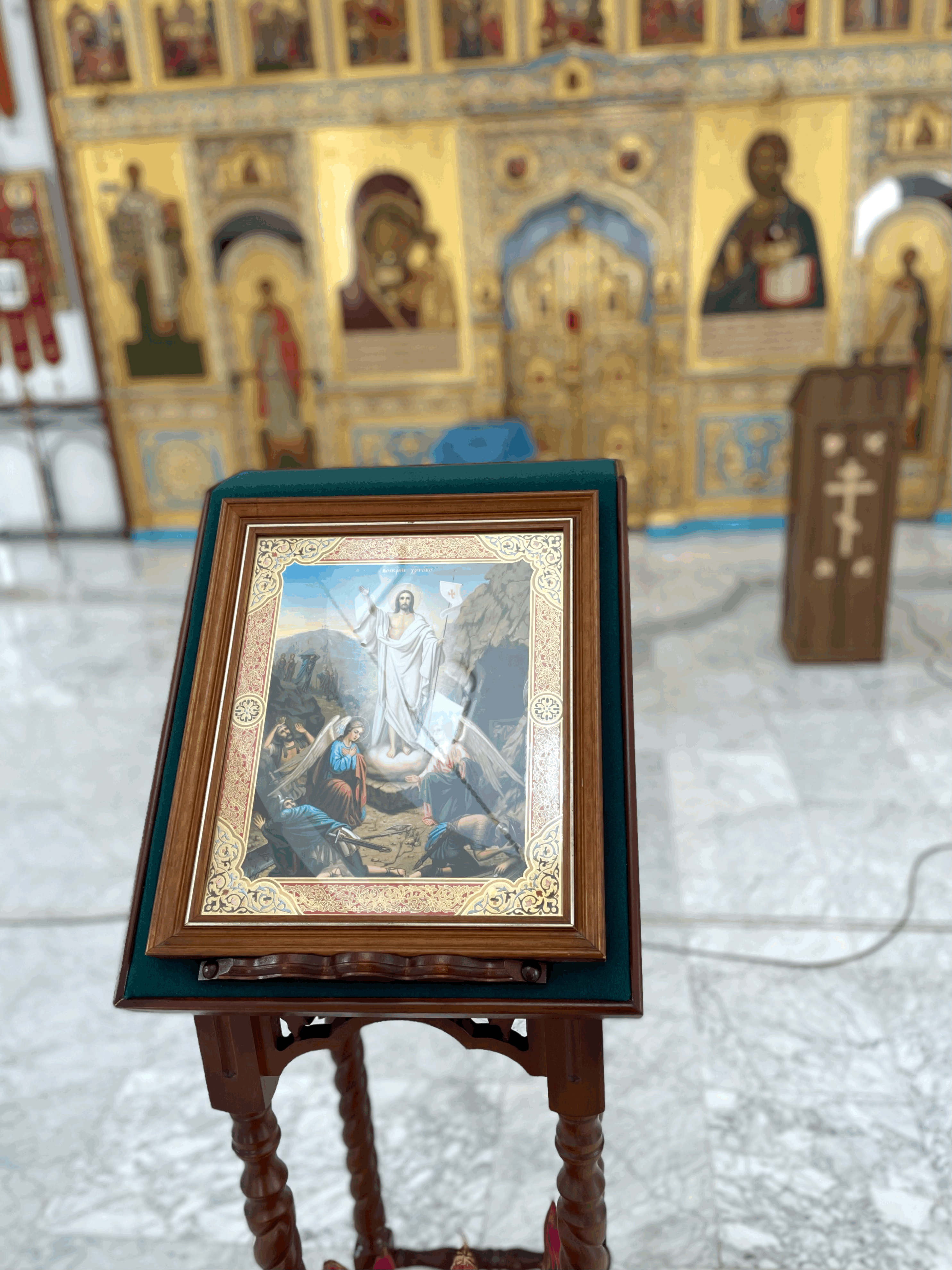
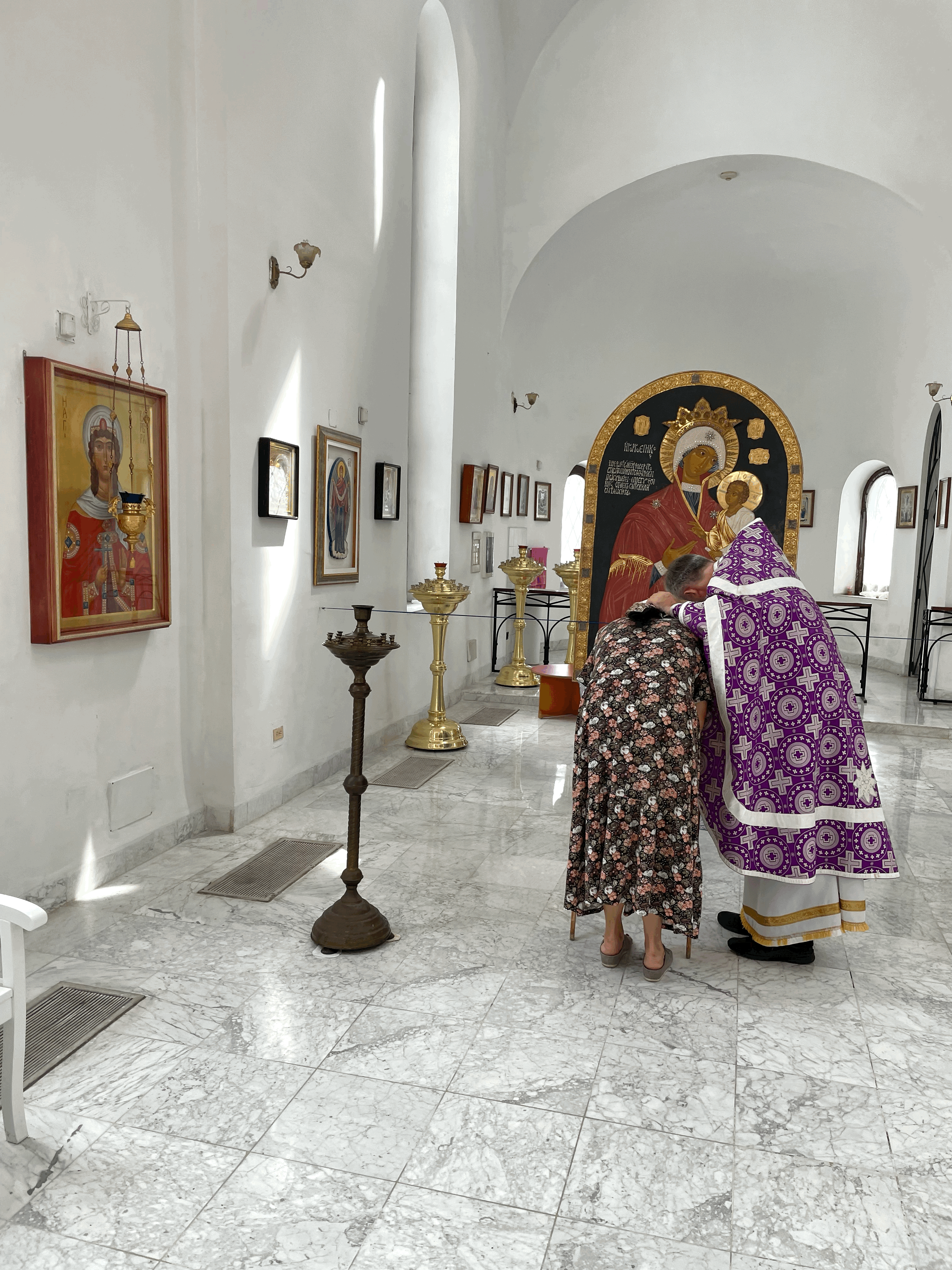
But the altar is the most impressive of the whole. It is said that it was assembled in the monastery of the Trinity and St. Sergius by Russian master sculptors, who used gold as the only material. Its unlimited beauty hypnotizes those who for the first time carefully observes the perfection of its reliefs and forms. There is another image of the venerated Virgin of Kazan, which faces the entrance and in front of which the priest officiates the liturgy.
A sepulchral silence fills the interior of this ship. It is the ideal place for those who wish to escape from the noisy bustle of the city and want to immerse themselves in a world of peace and meditation, if only for a few moments.
A sepulchral silence fills the interior of this ship. It is the ideal place for those who wish to escape from the noisy bustle of the city and want to immerse themselves in a world of peace and meditation, if only for a few moments.
Pero el altar es lo más impactante del conjunto. Dicen que fue montado en el monasterio de la Trinidad y San Sergio por maestros escultores rusos, quienes utilizaron el oro como único material. Su belleza ilimitada hipnotiza a quien por vez primera observa detenidamente la perfección de sus relieves y formas. Allí se encuentra otra imagen de la venerada Virgen de Kazán, que mira hacia la entrada y frente a la que el sacerdote oficia la liturgia.
Un sepulcral silencio inunda el interior de esta nave. Es el sitio ideal para quienes deseen huir del escandaloso bullicio de la ciudad y quieran sumergirse en un mundo de paz y meditación, aunque sea por unos instantes.
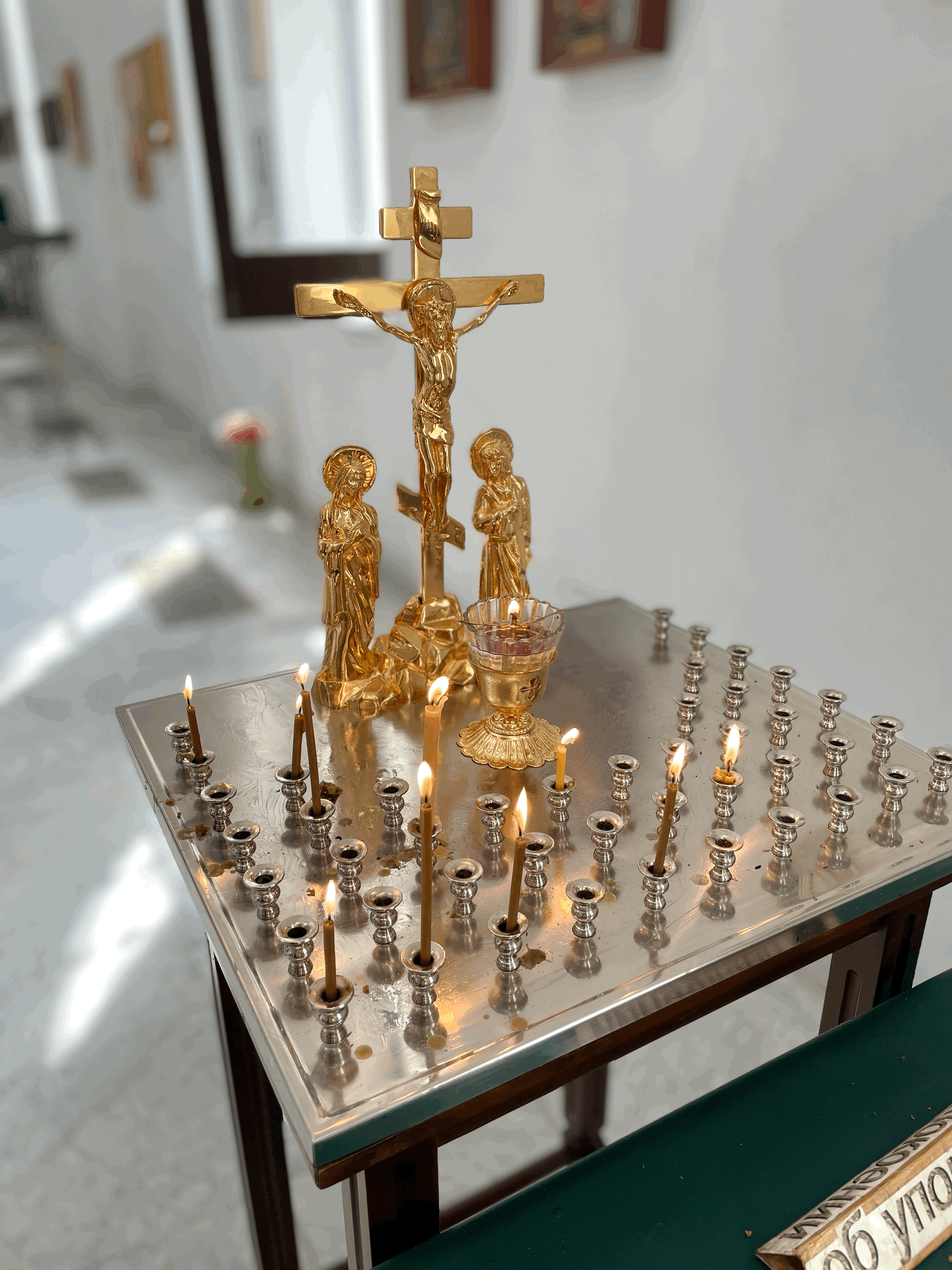
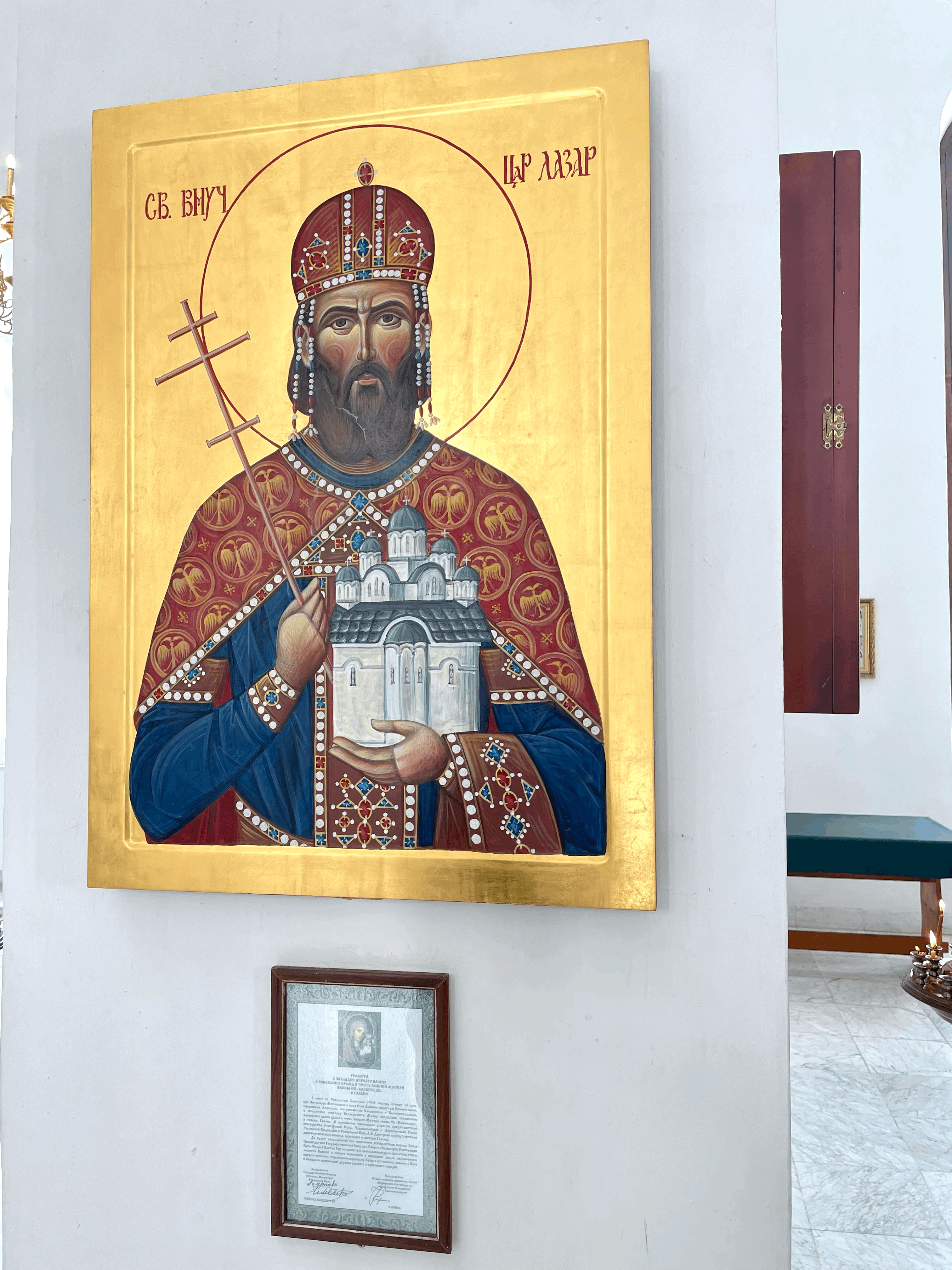

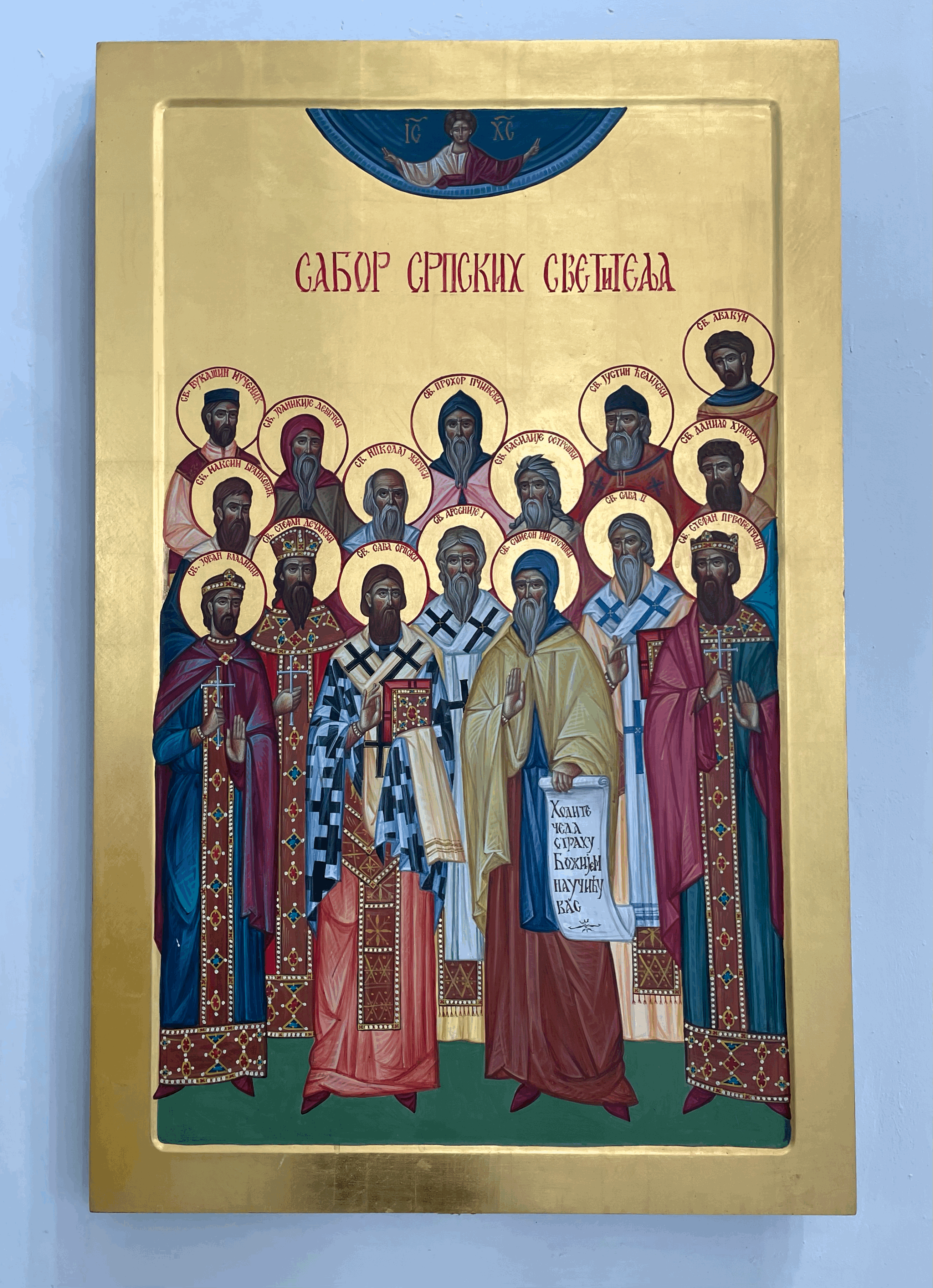

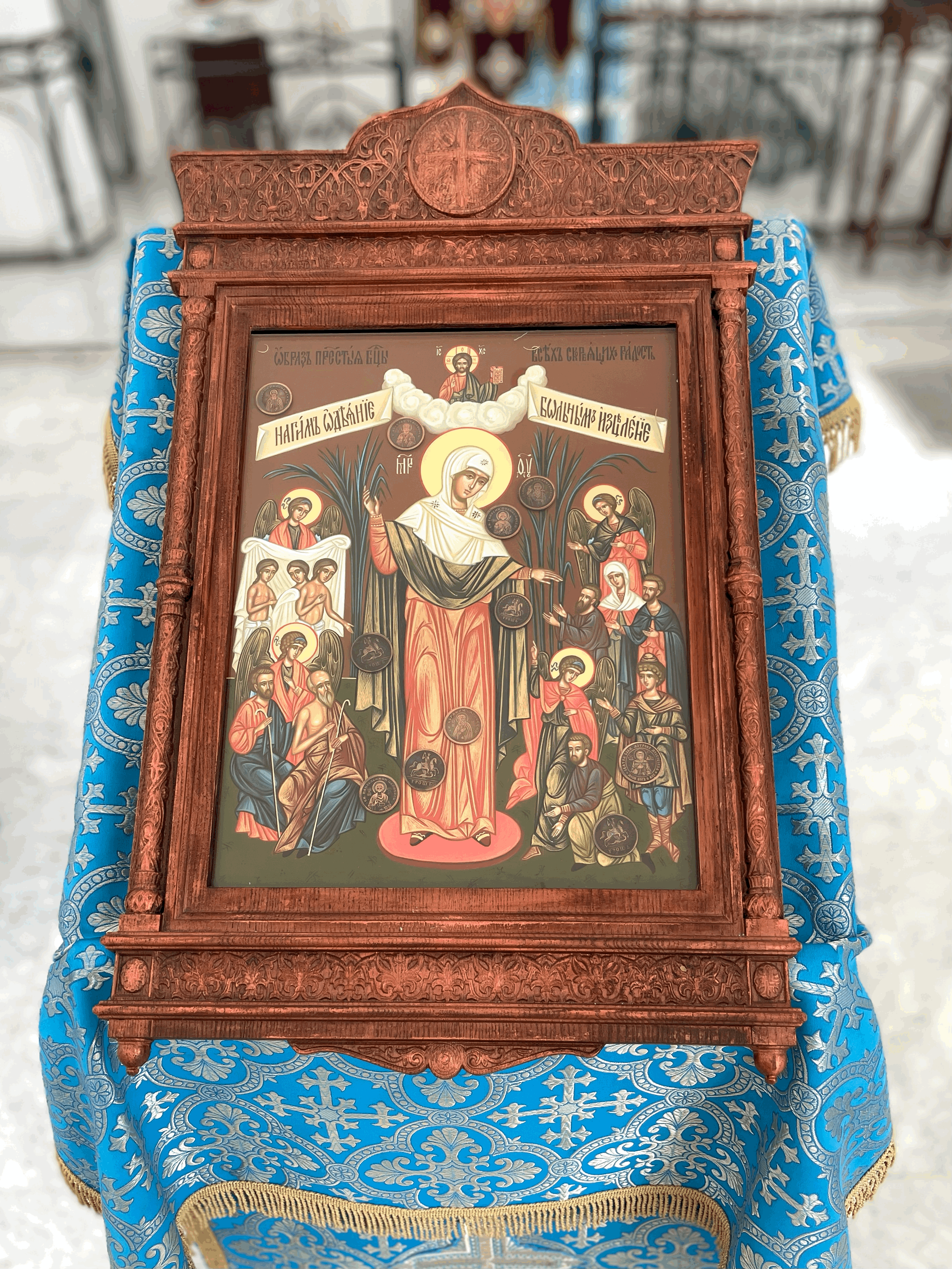


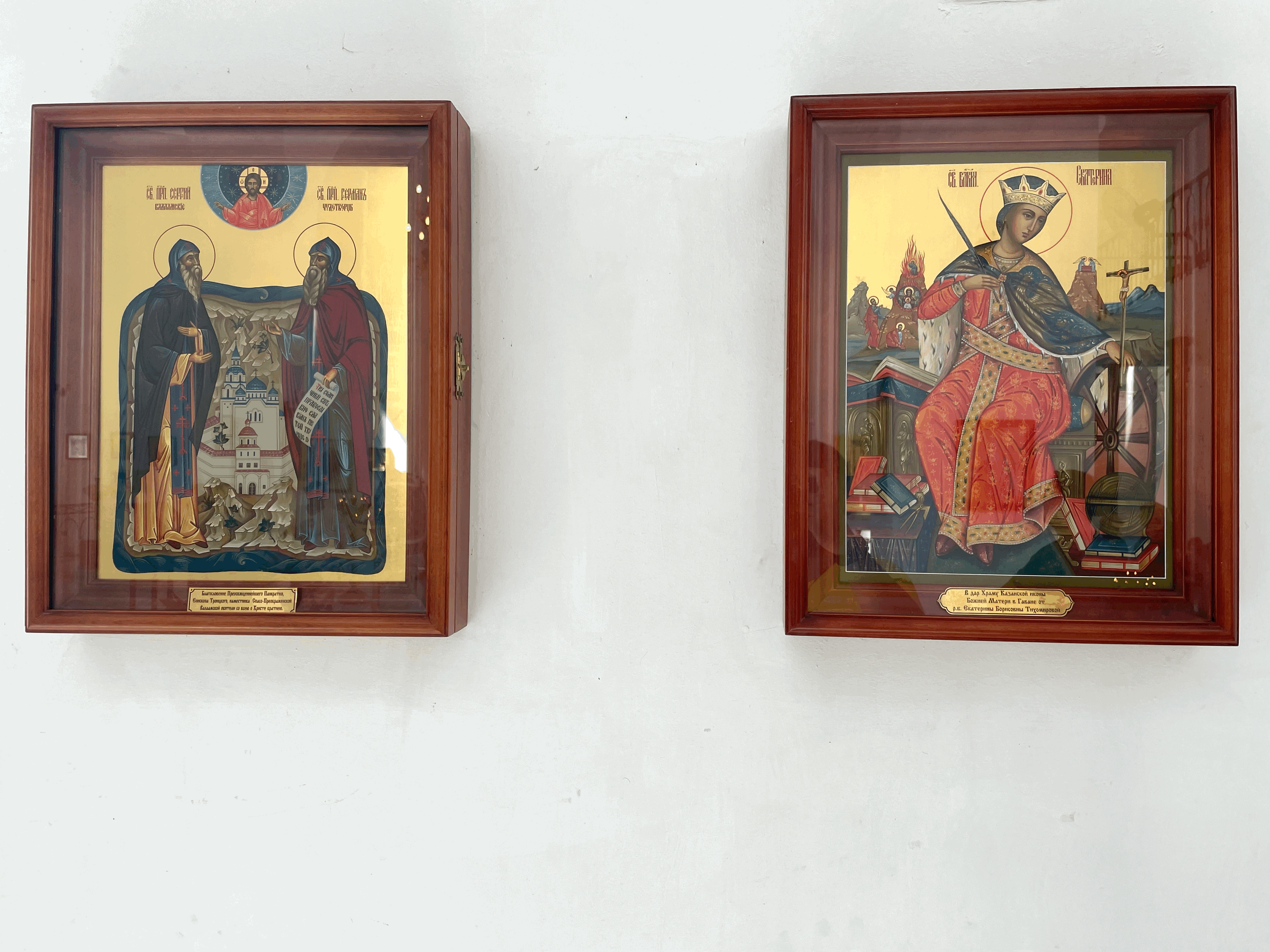
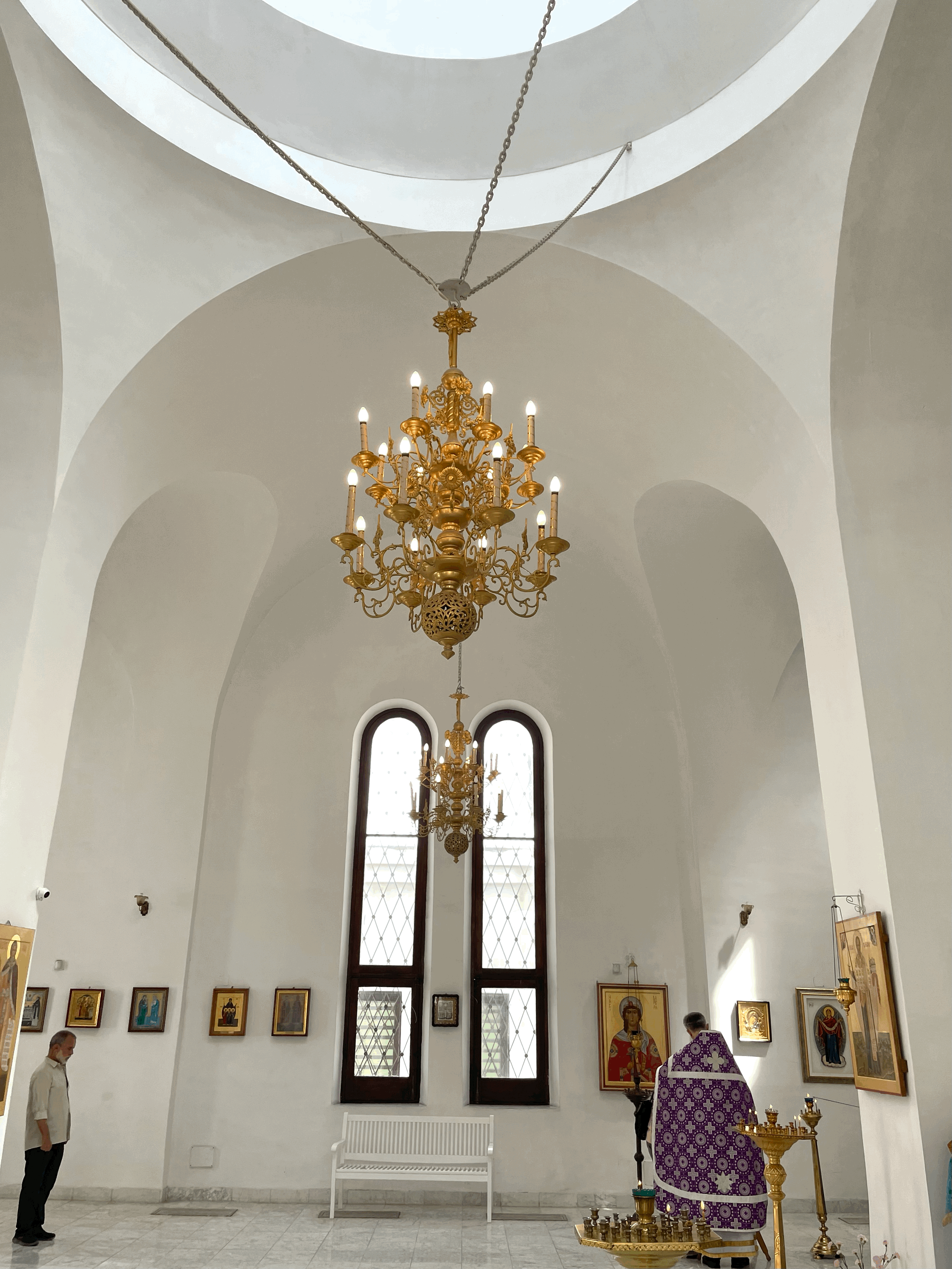
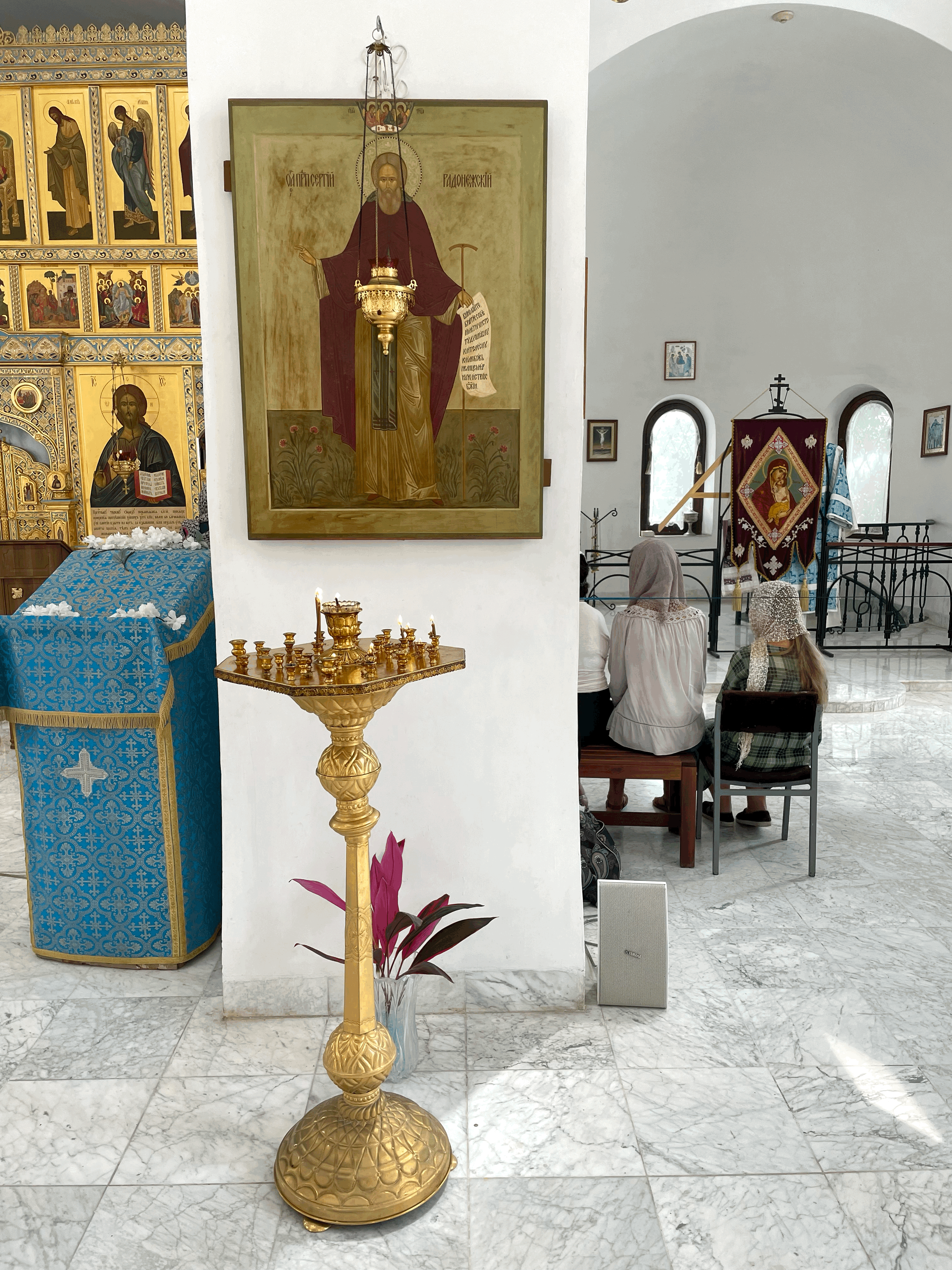
If you ever have the opportunity to visit it, I highly recommend you do so.
You will surely enjoy its majesty and spirituality!
You can find it on Avenida del Puerto between Sol and Santa Clara streets, near Alameda de Paula in Old Havana.
You can find it on Avenida del Puerto between Sol and Santa Clara streets, near Alameda de Paula in Old Havana.
Si alguna vez tienes la oportunidad de visitarla, te recomiendo que lo hagas. ¡ Seguro que disfrutarás de su majestuosidad y espiritualidad!
Puedes encontrarla en la Avenida del Puerto entre las calles Sol y Santa Clara, próximas a la Alameda de Paula en la Habana Vieja.
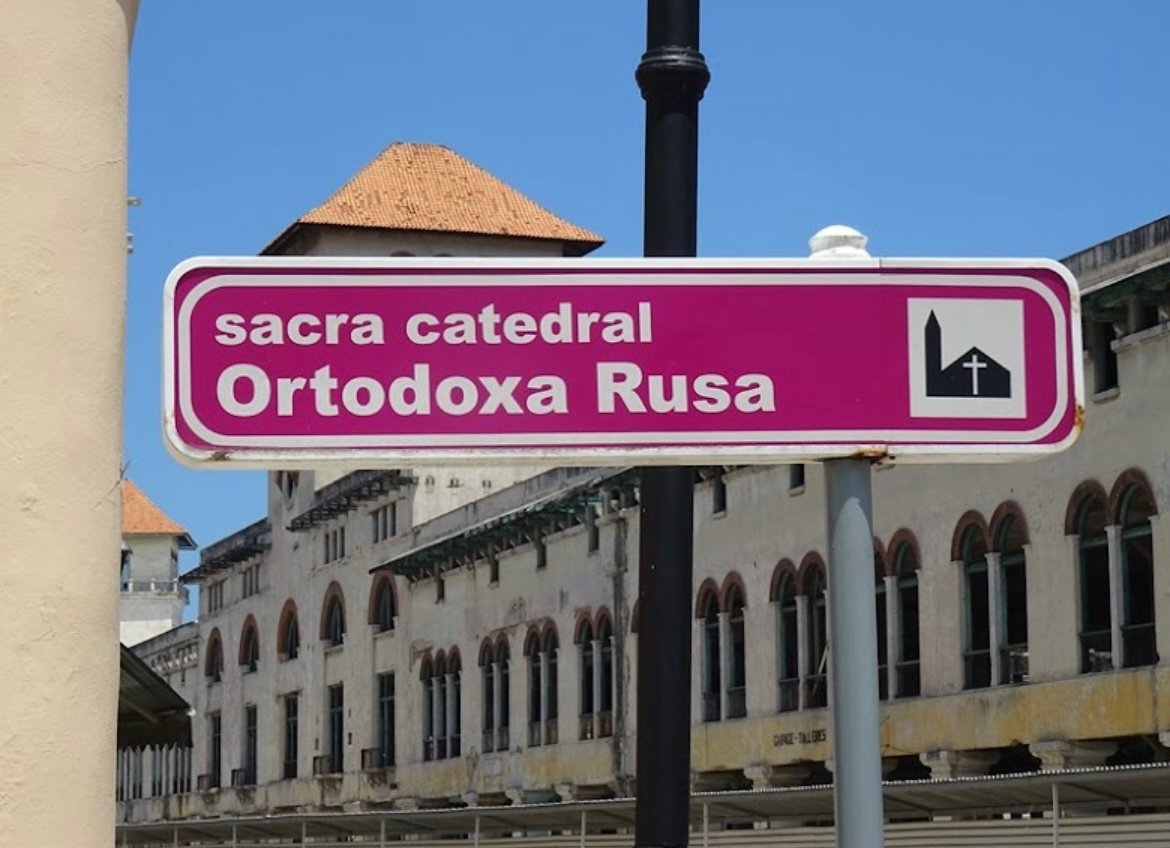
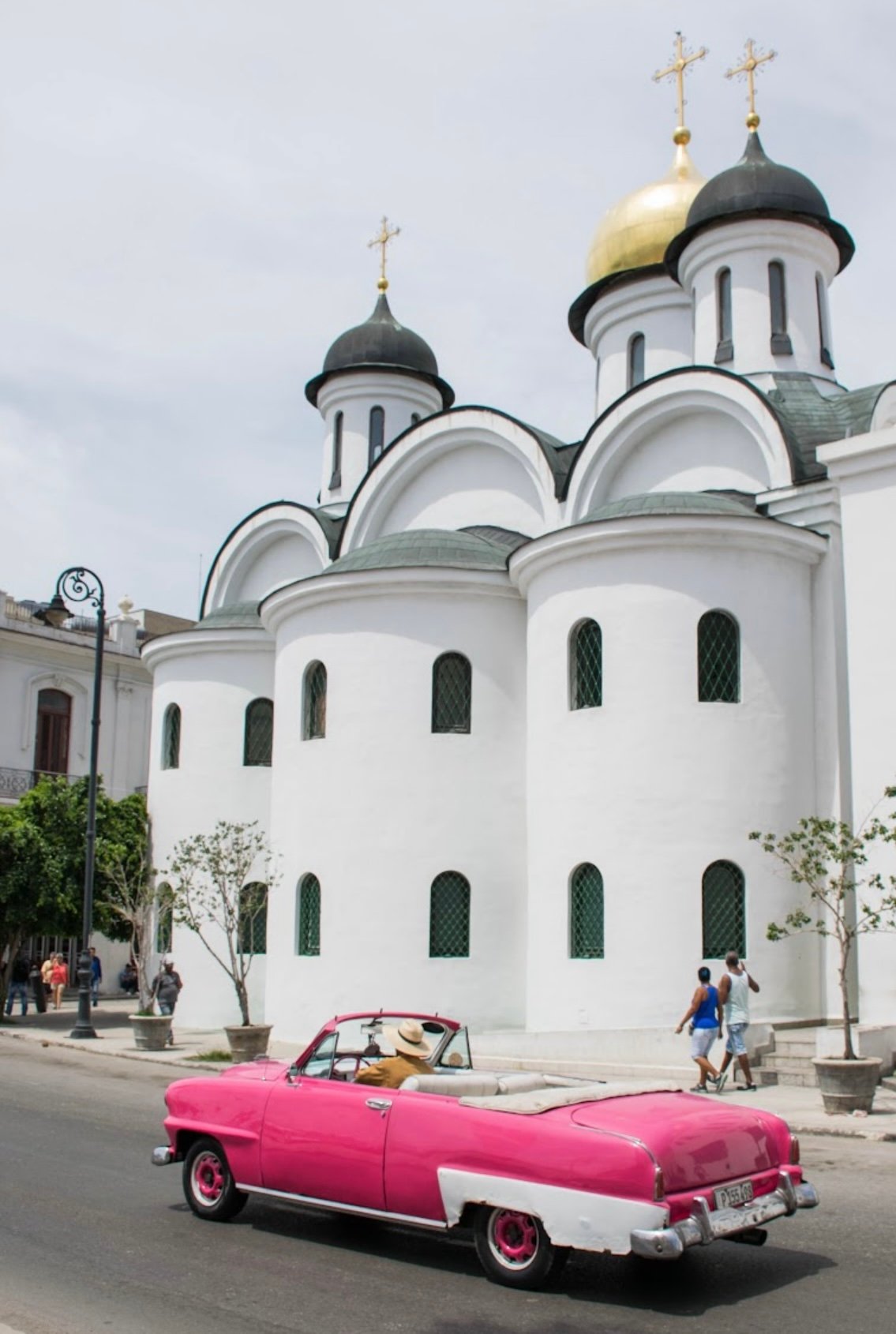
📍Mapa interactivo por Leaflet
Interactive map by Leaflet:
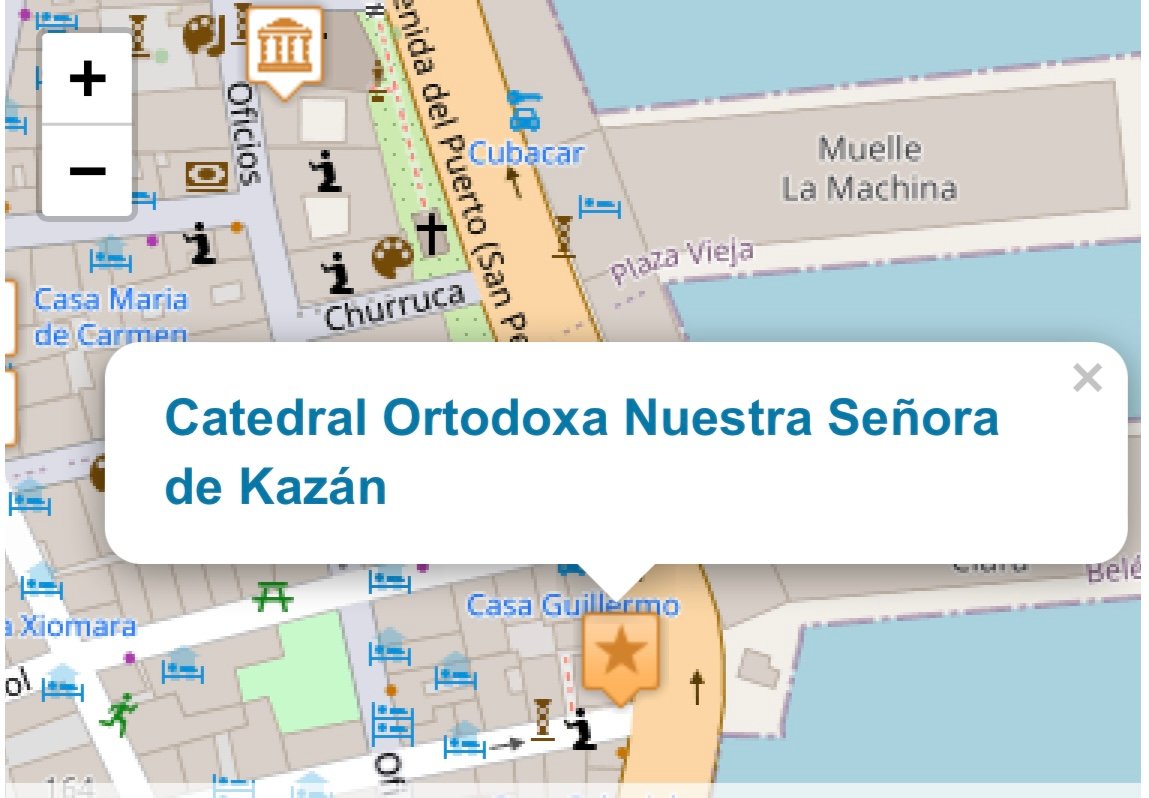
If you liked the post, don't forget to leave a comment and follow me for future posts. I'd love to know your opinion and ideas for the next one. Regards
Si te ha gustado el post, no olvides dejar tu comentario y seguirme para próximas publicaciones. Me encantaría saber tu opinión e ideas para el siguiente. Saludos 😊
Waivio AI Assistant
How can I help you today?



Comments